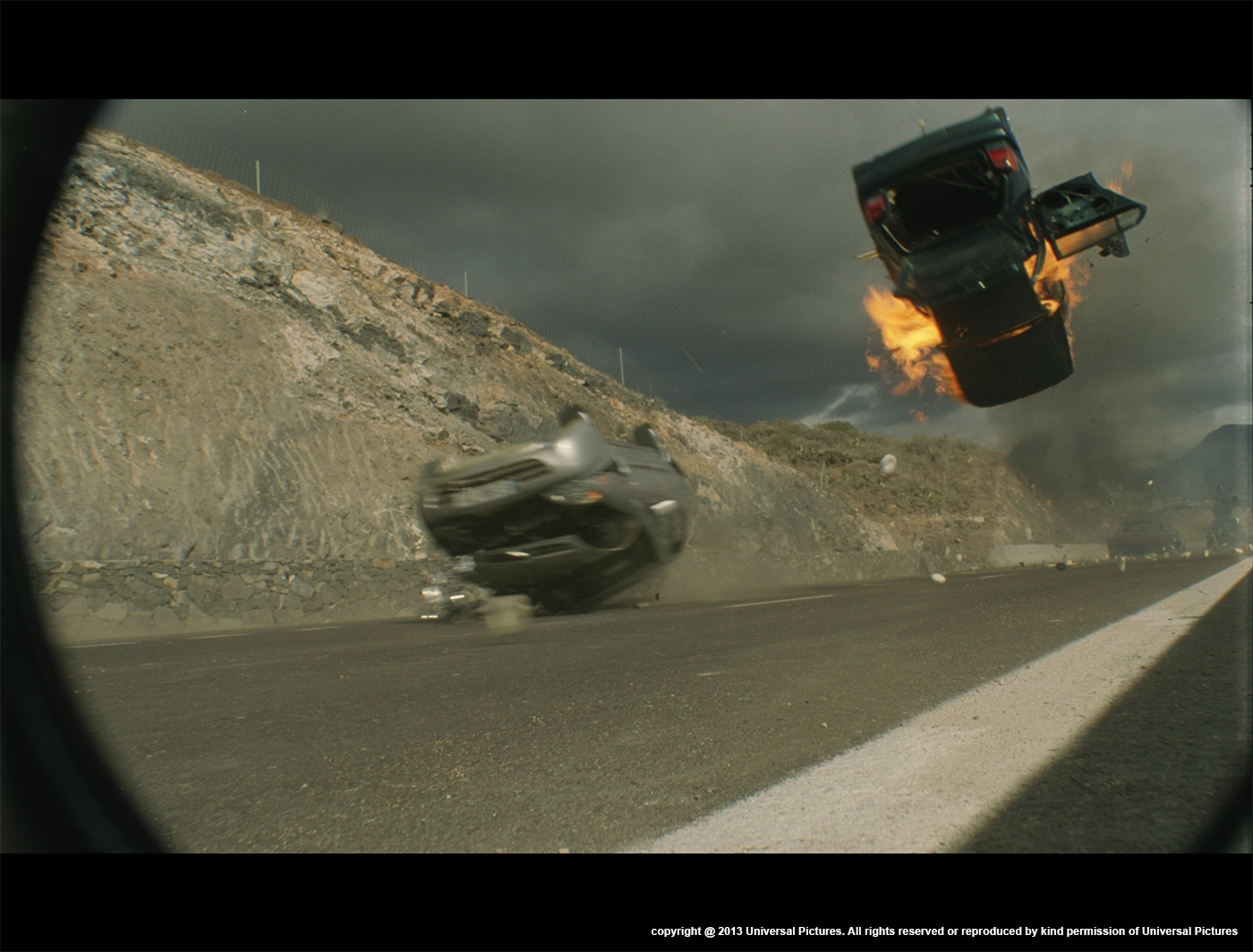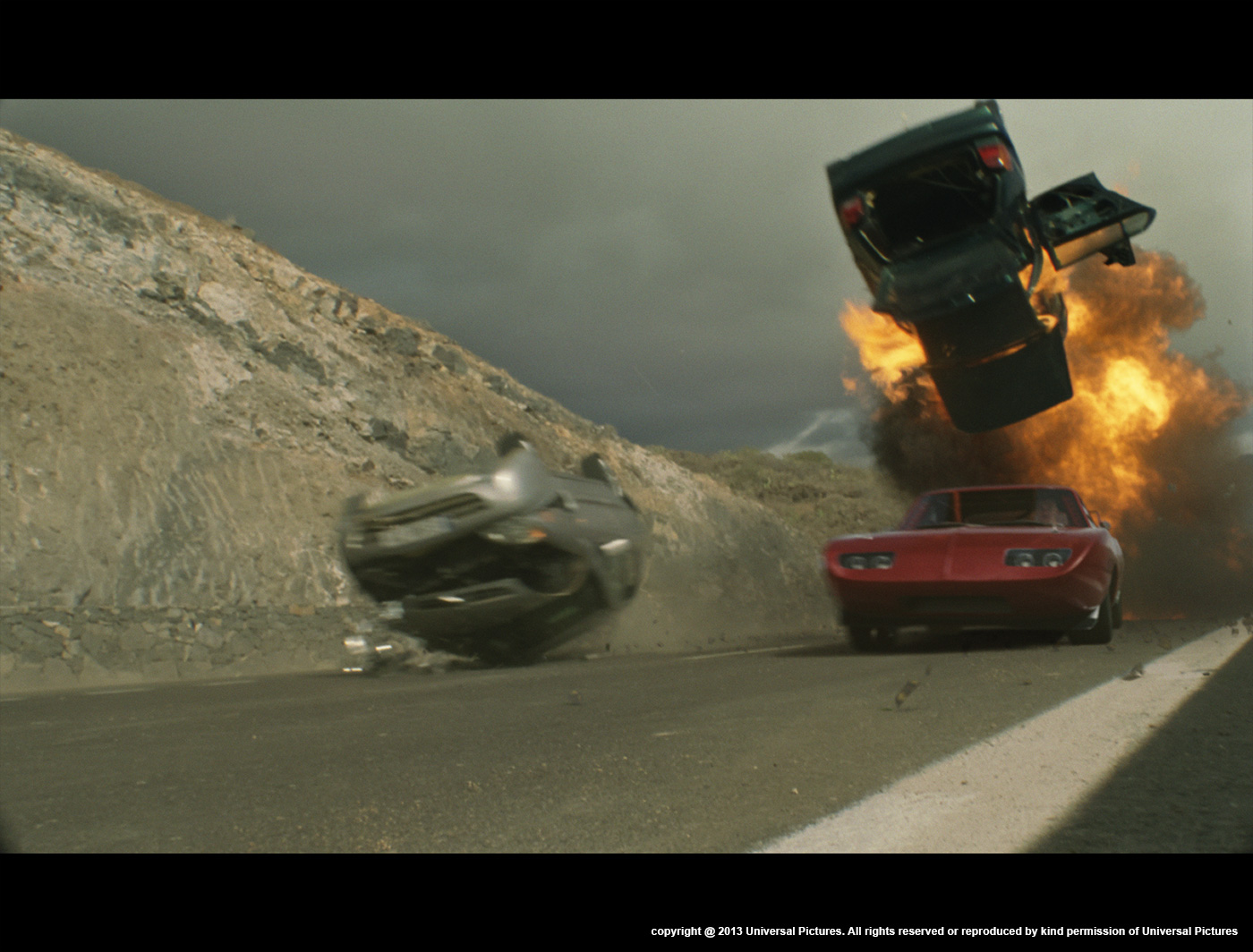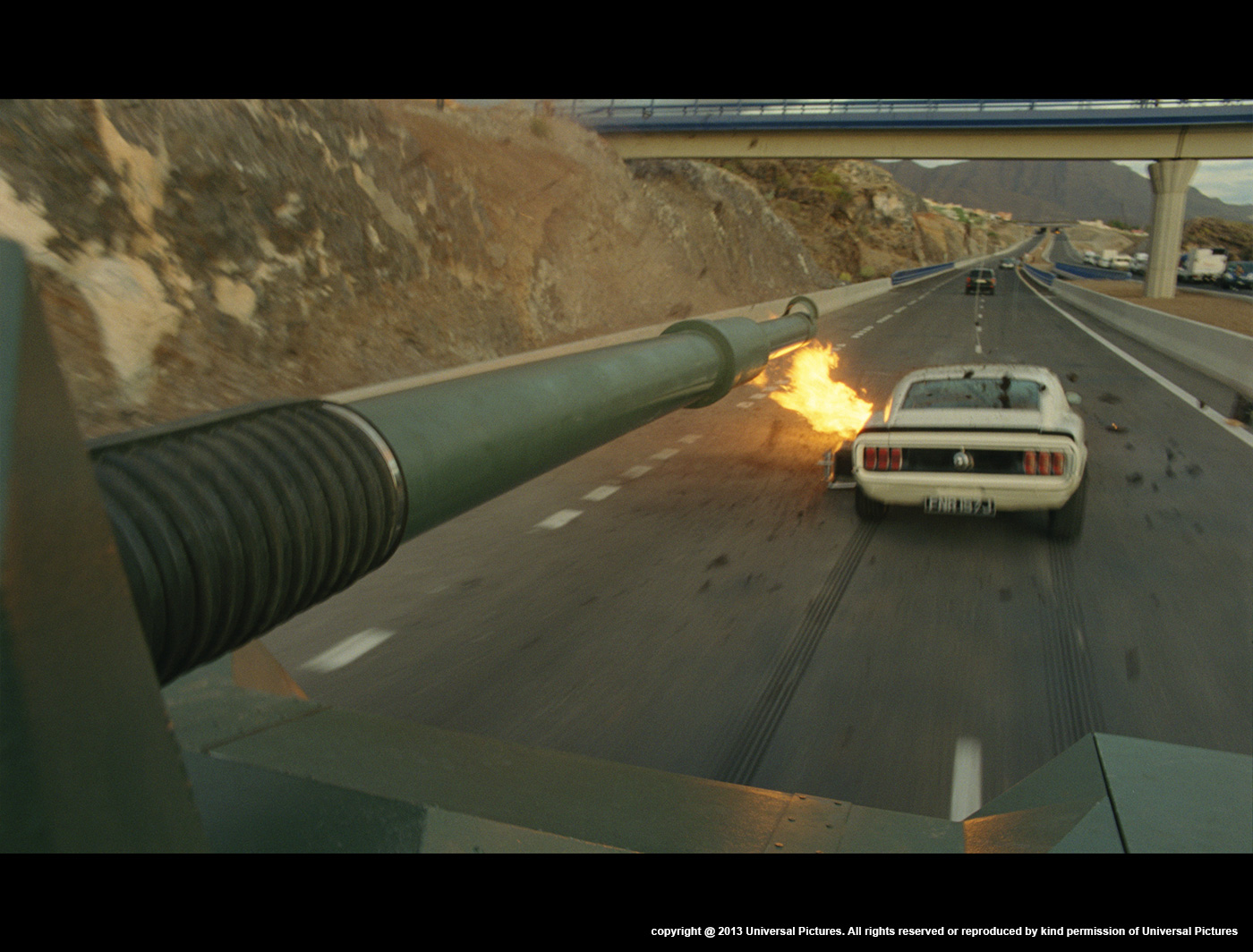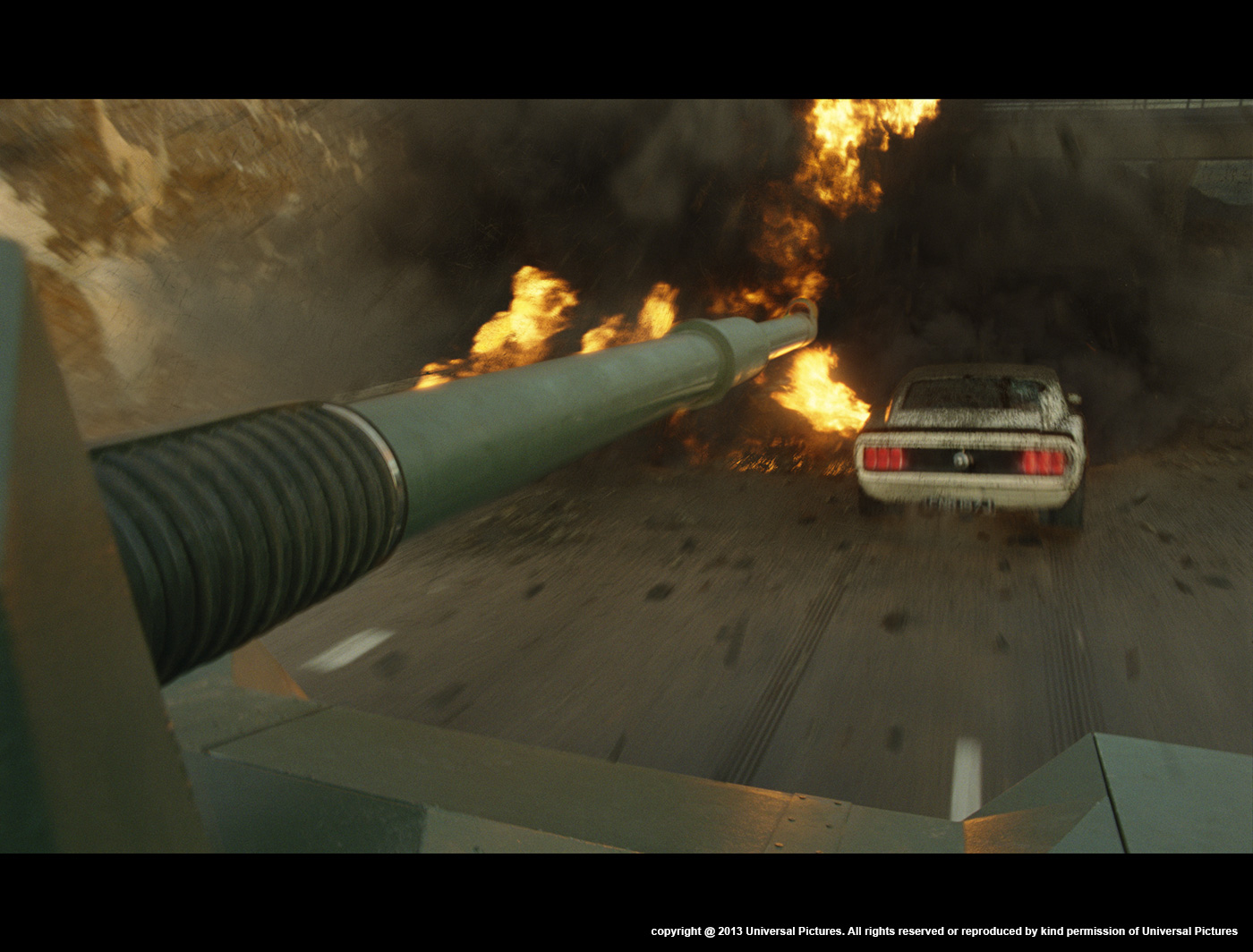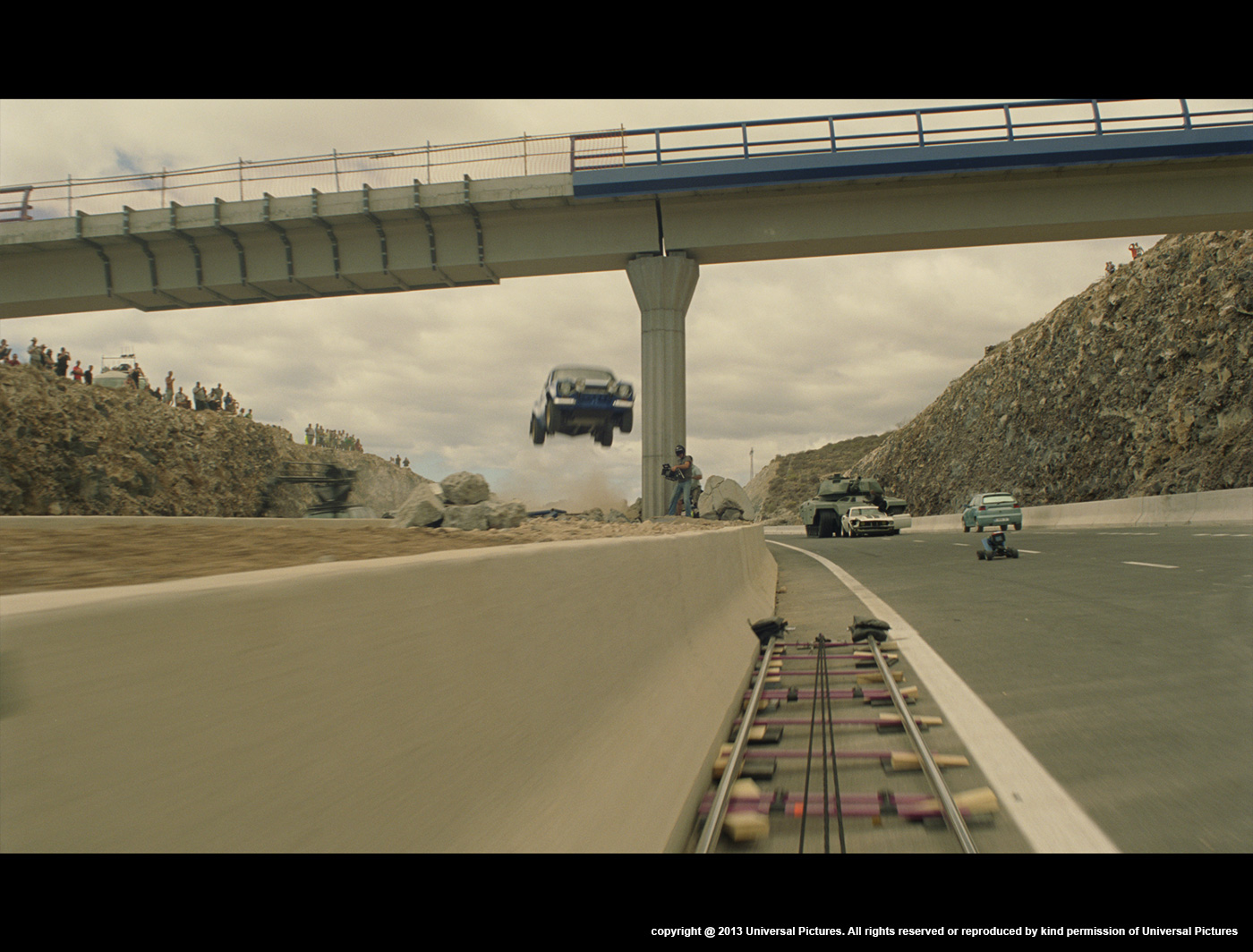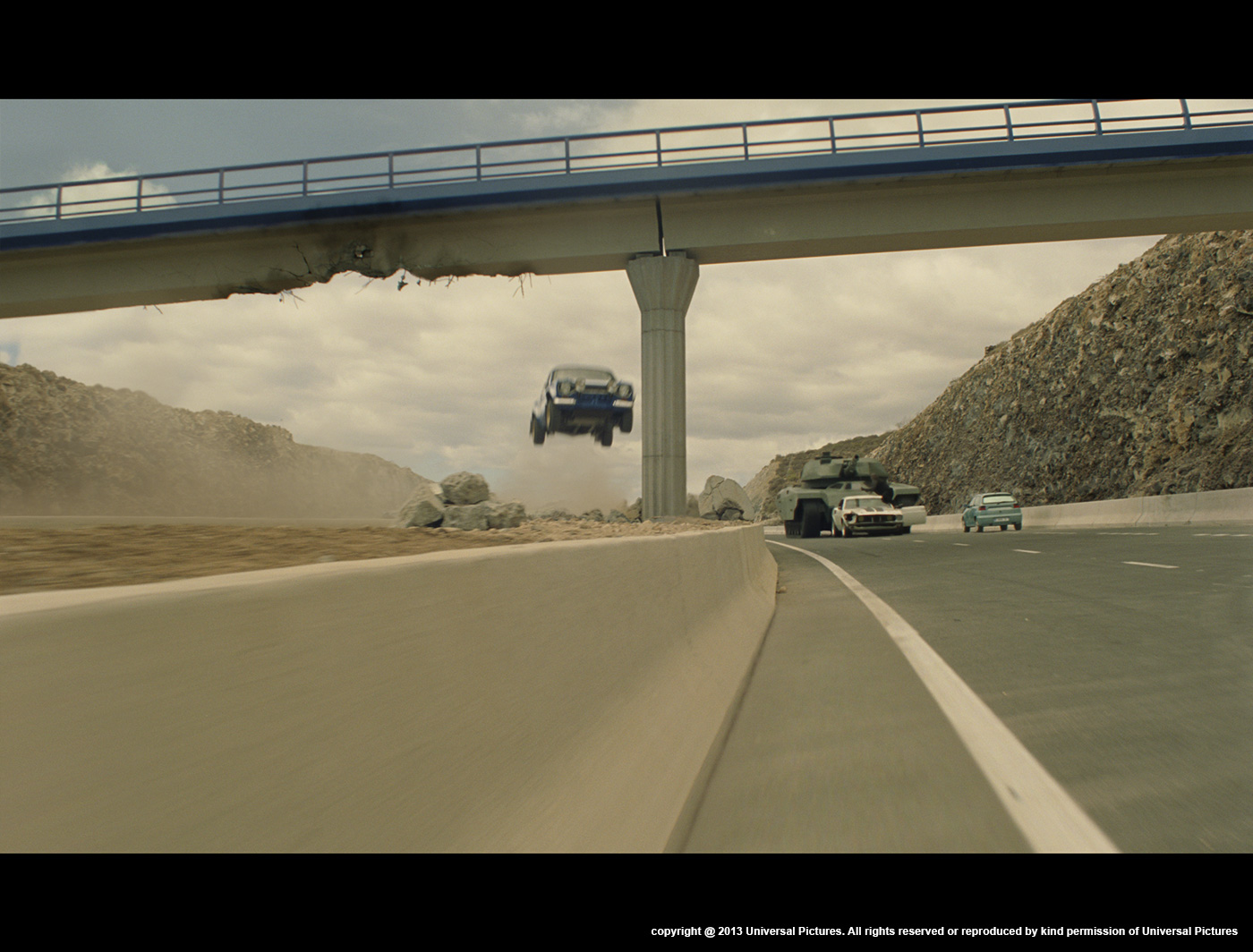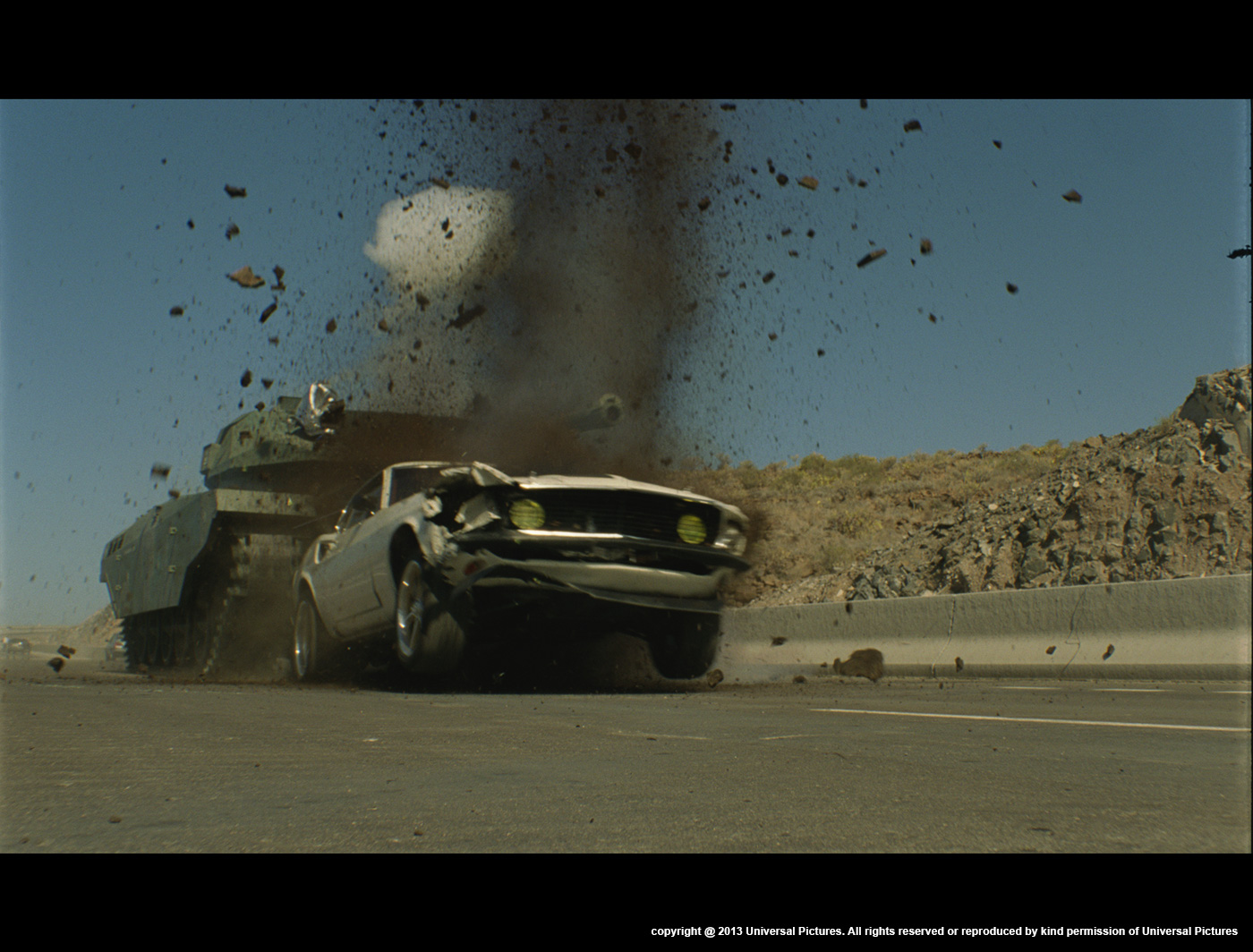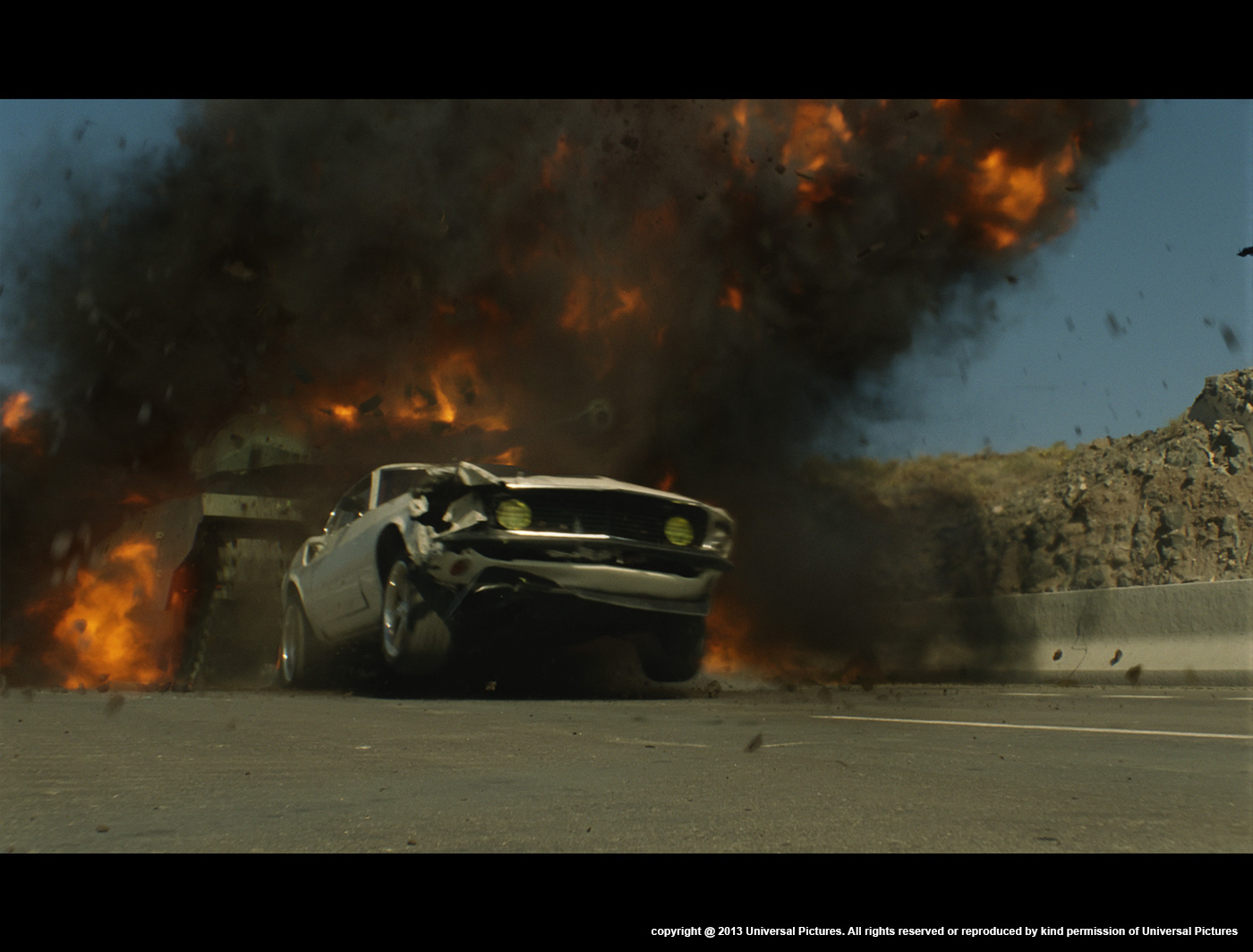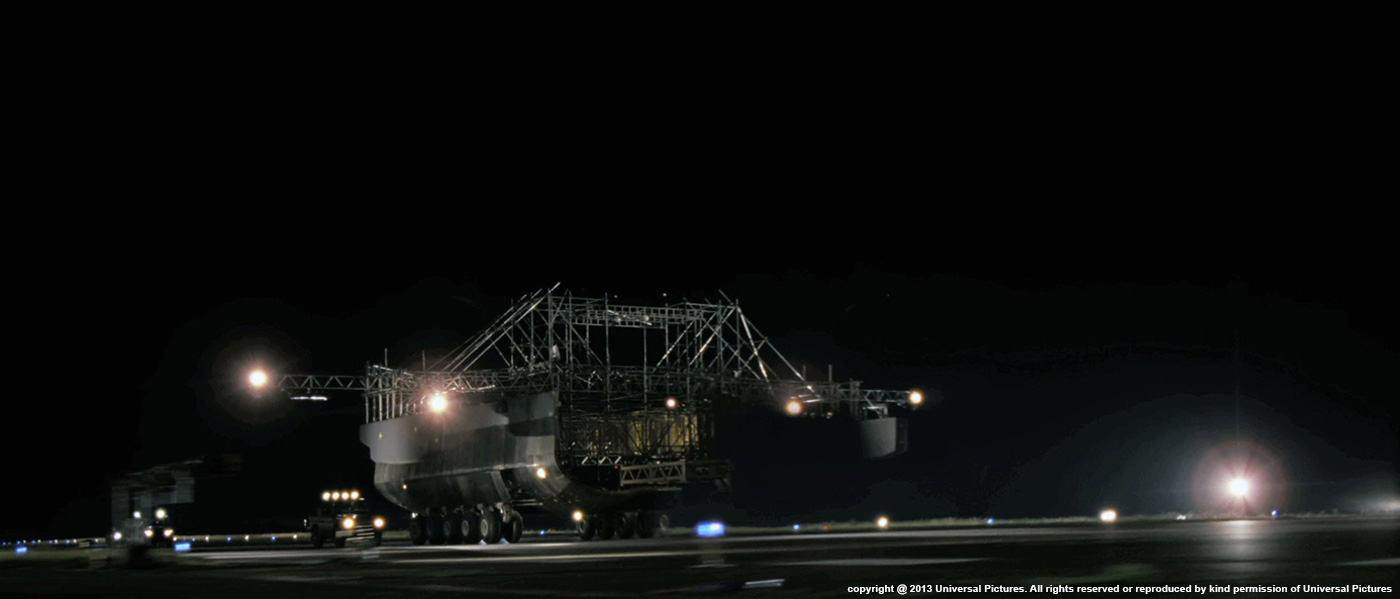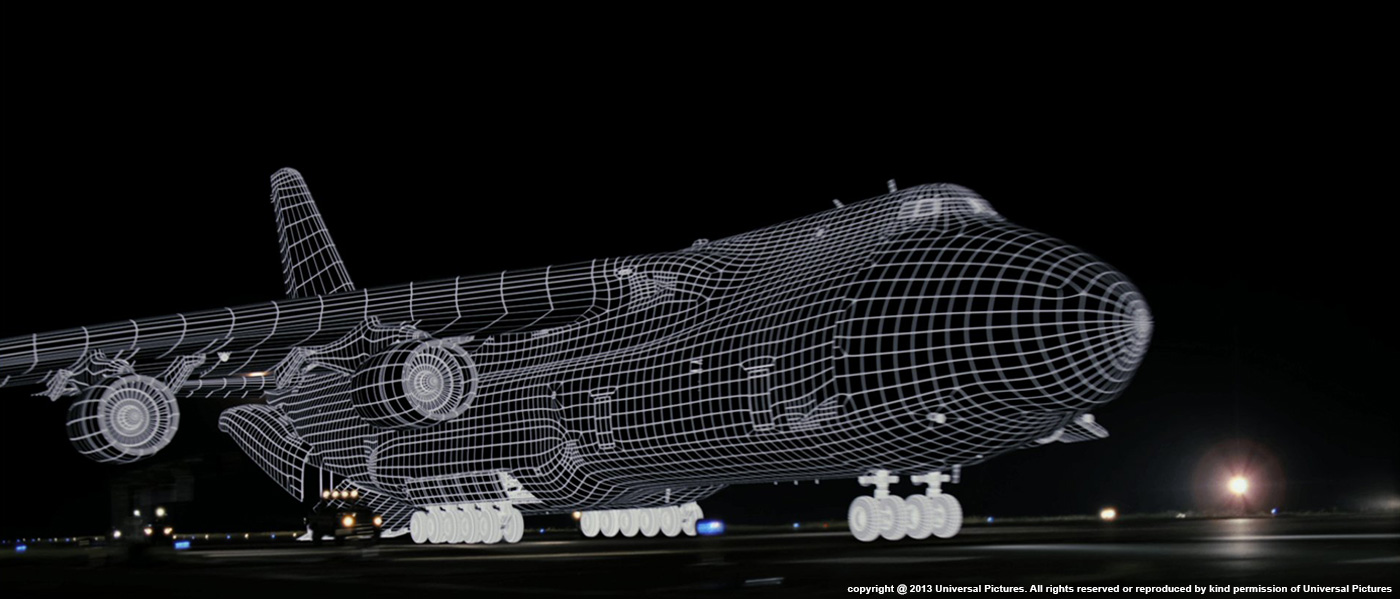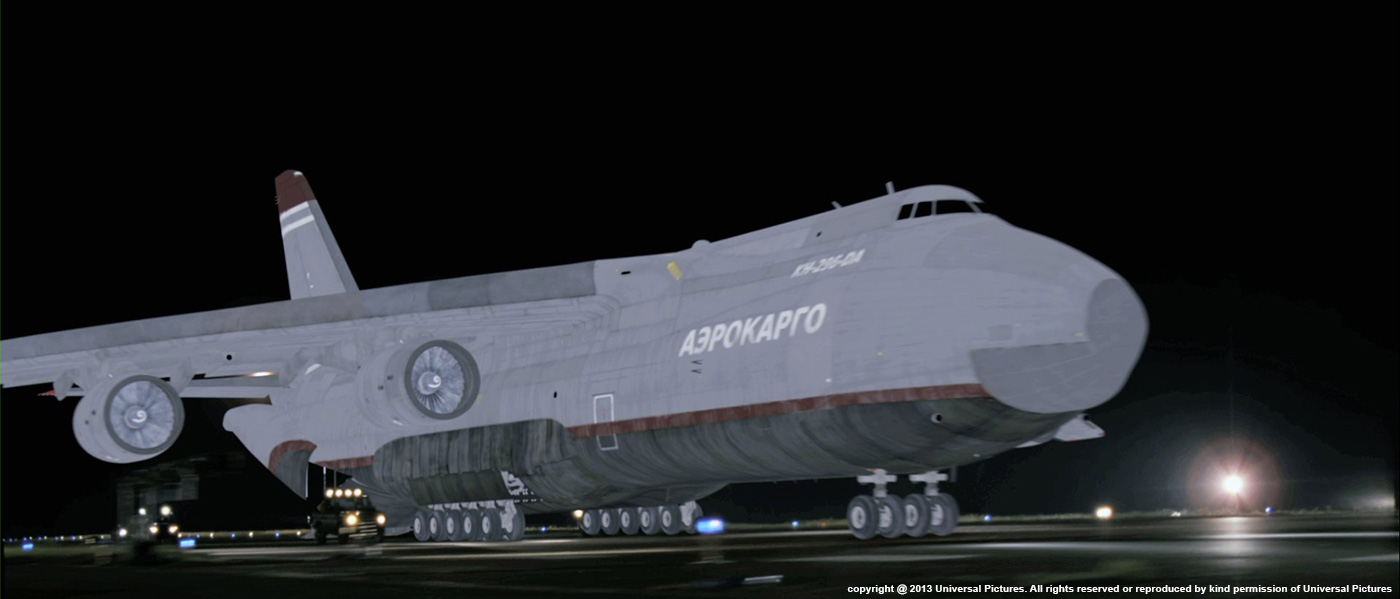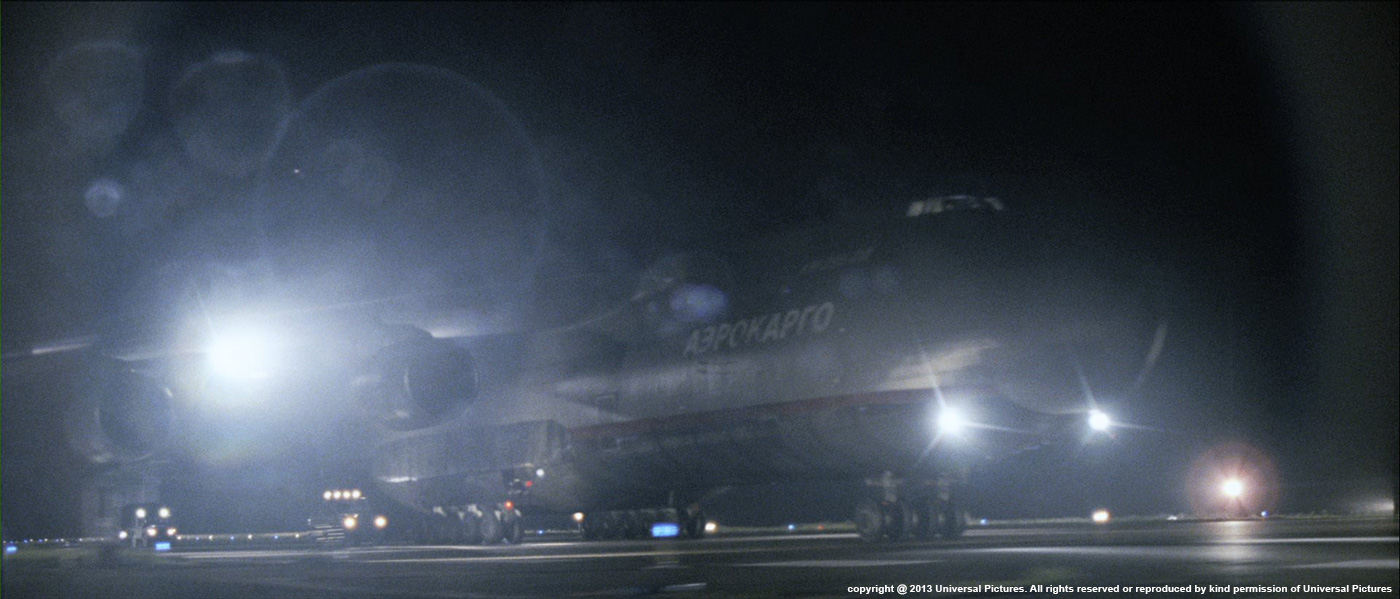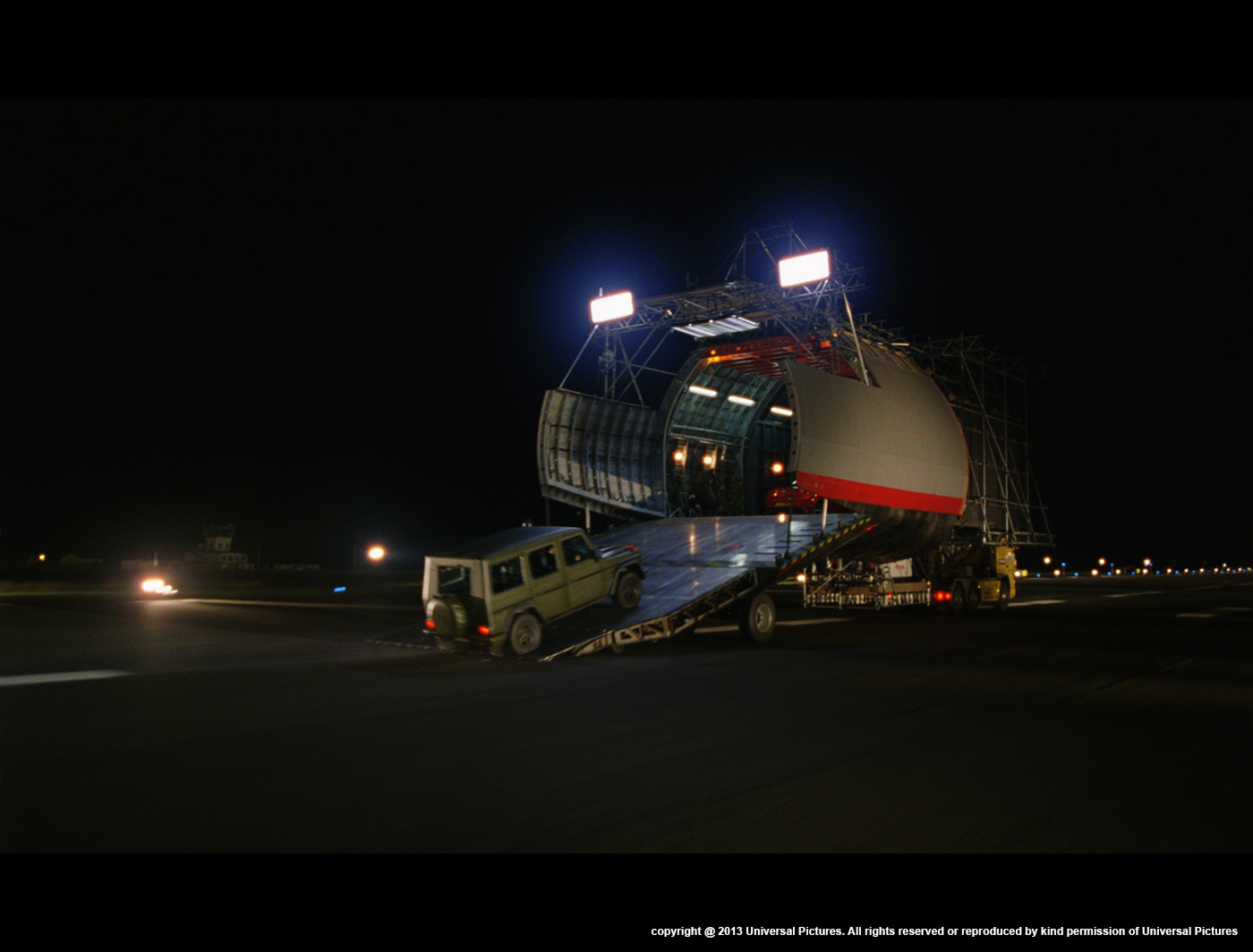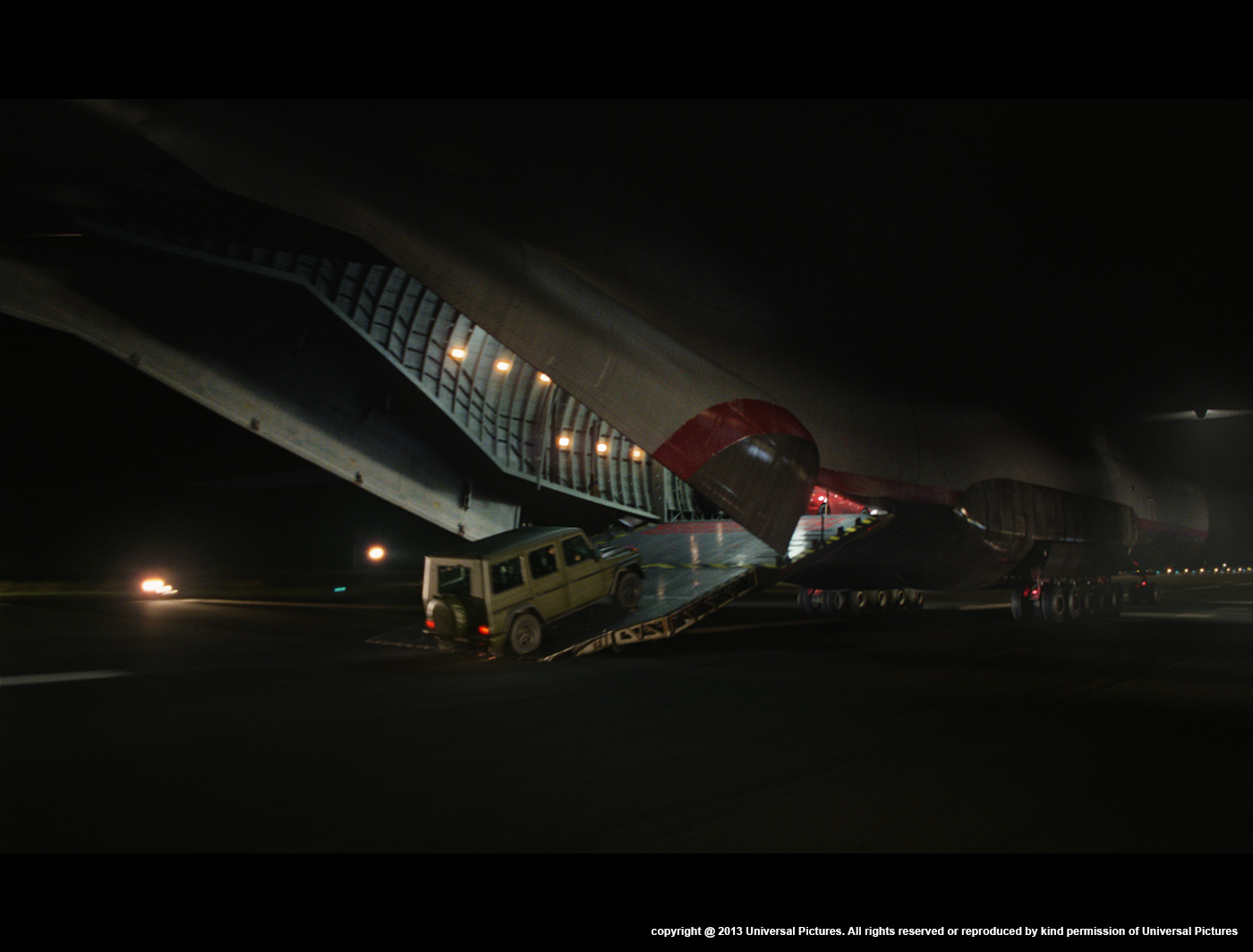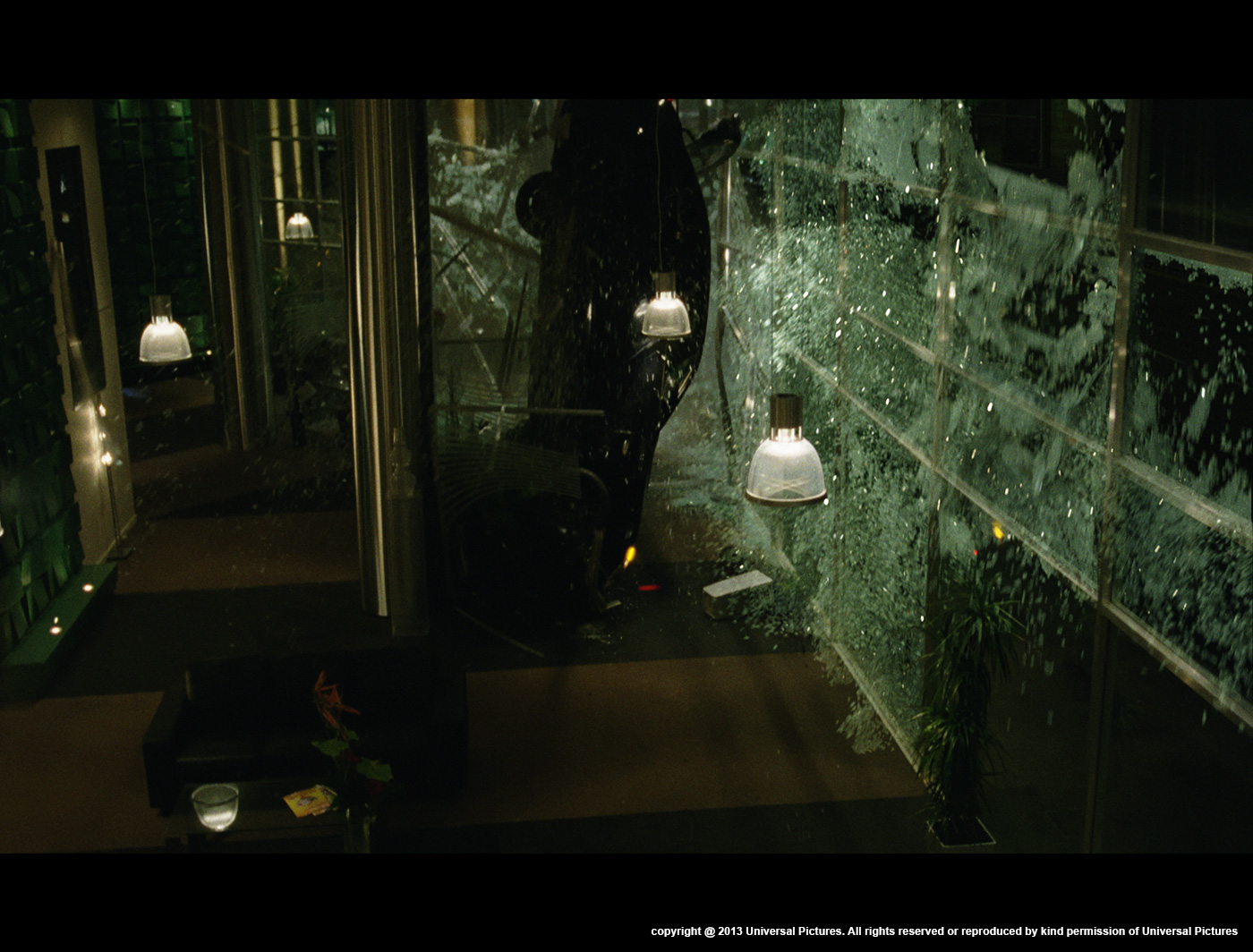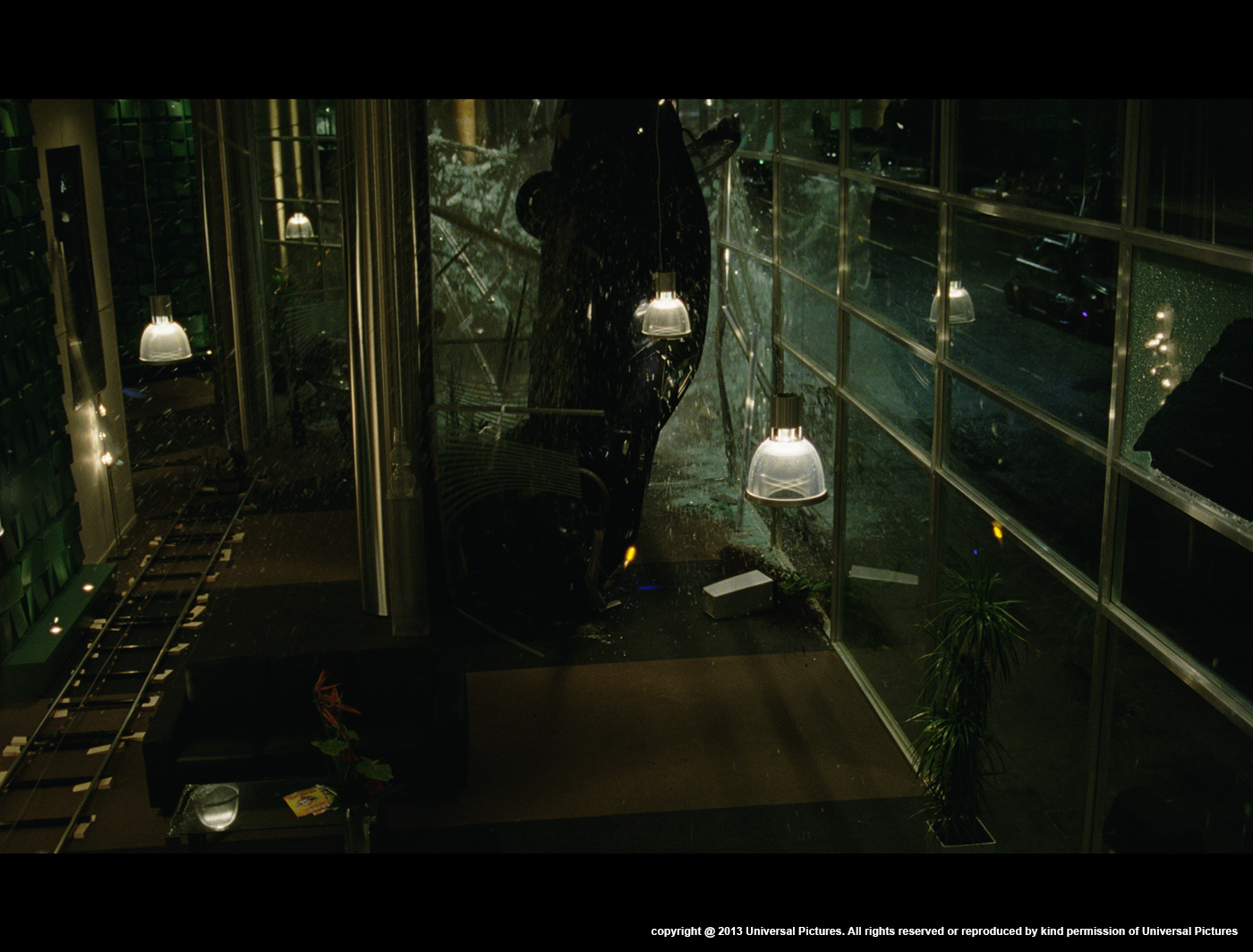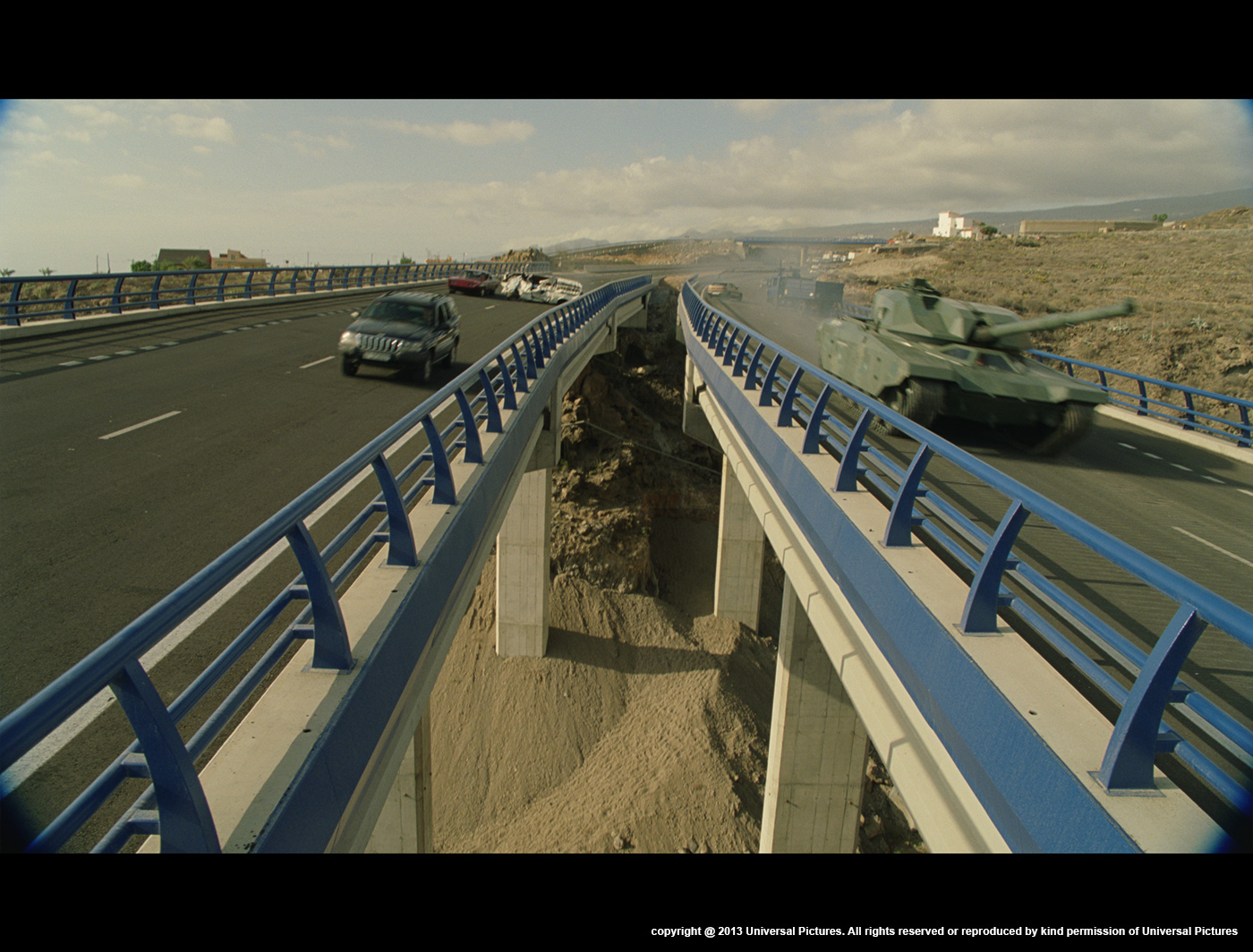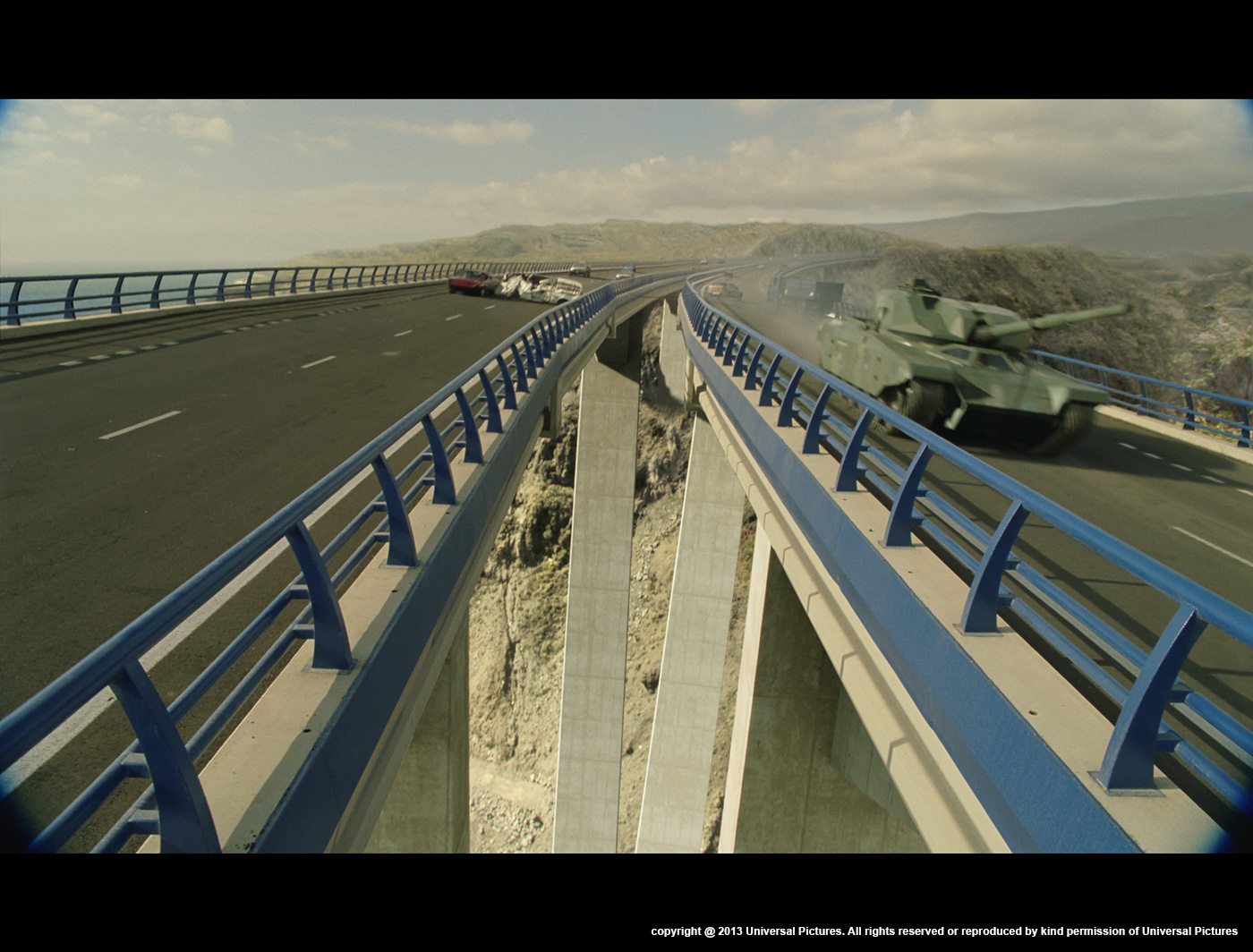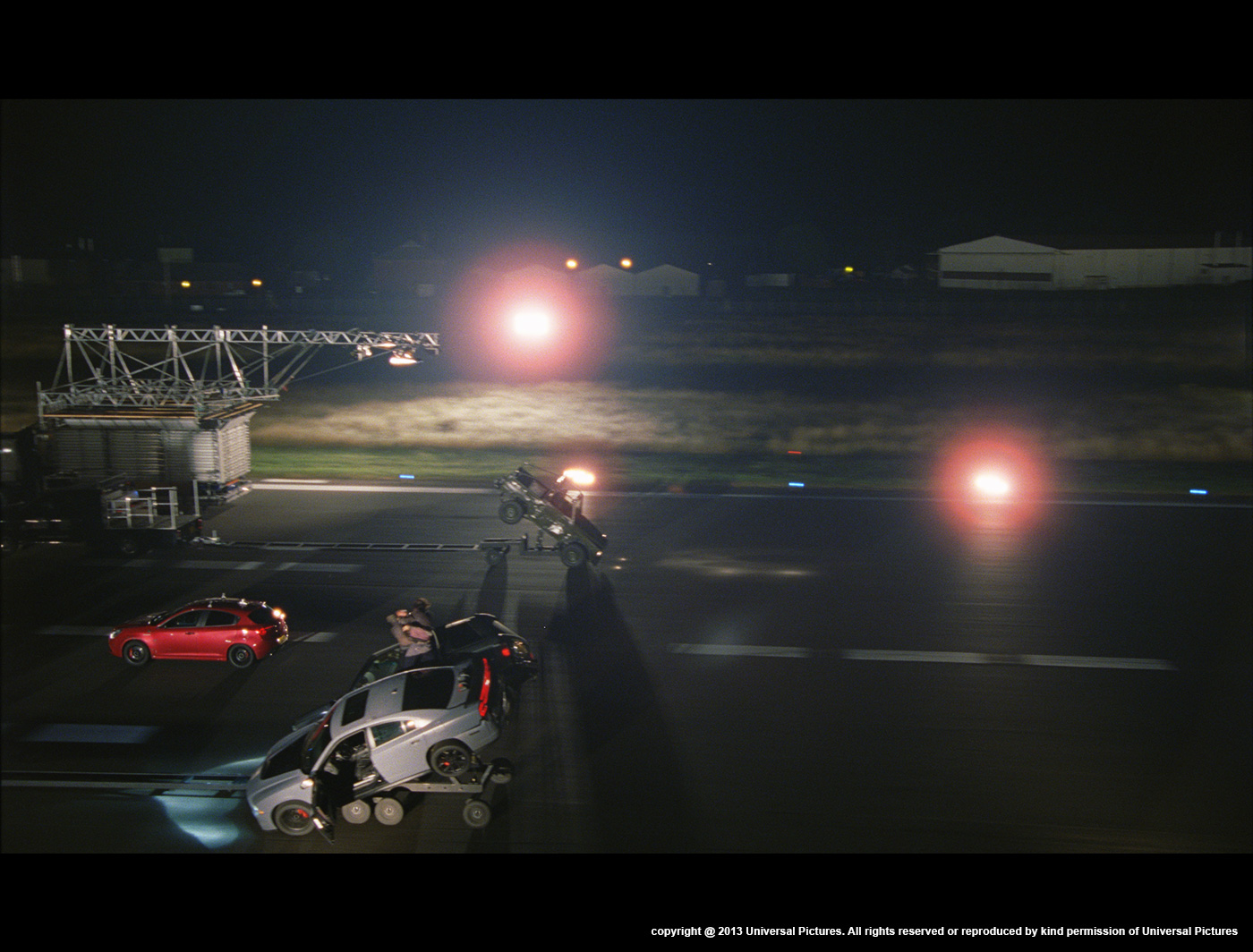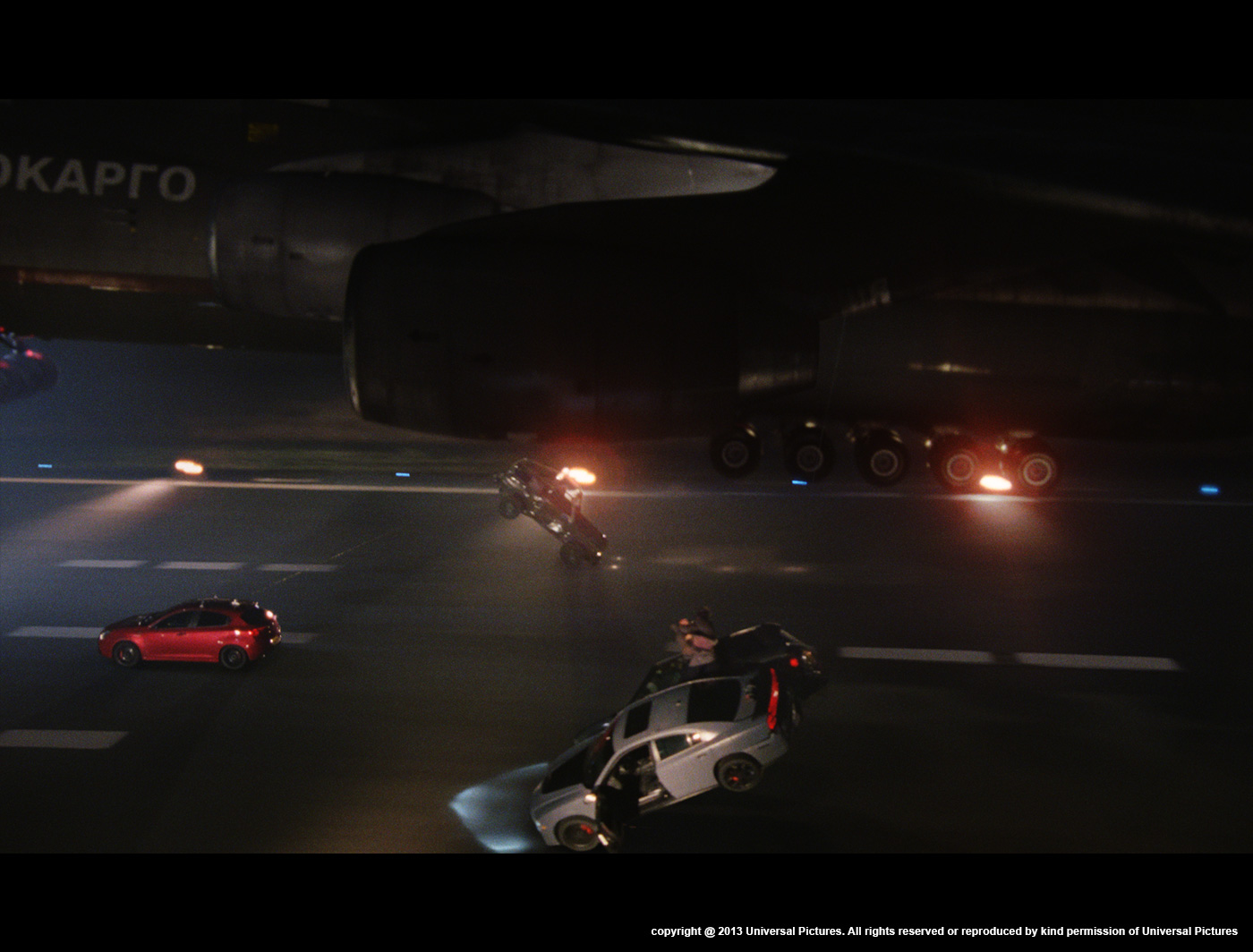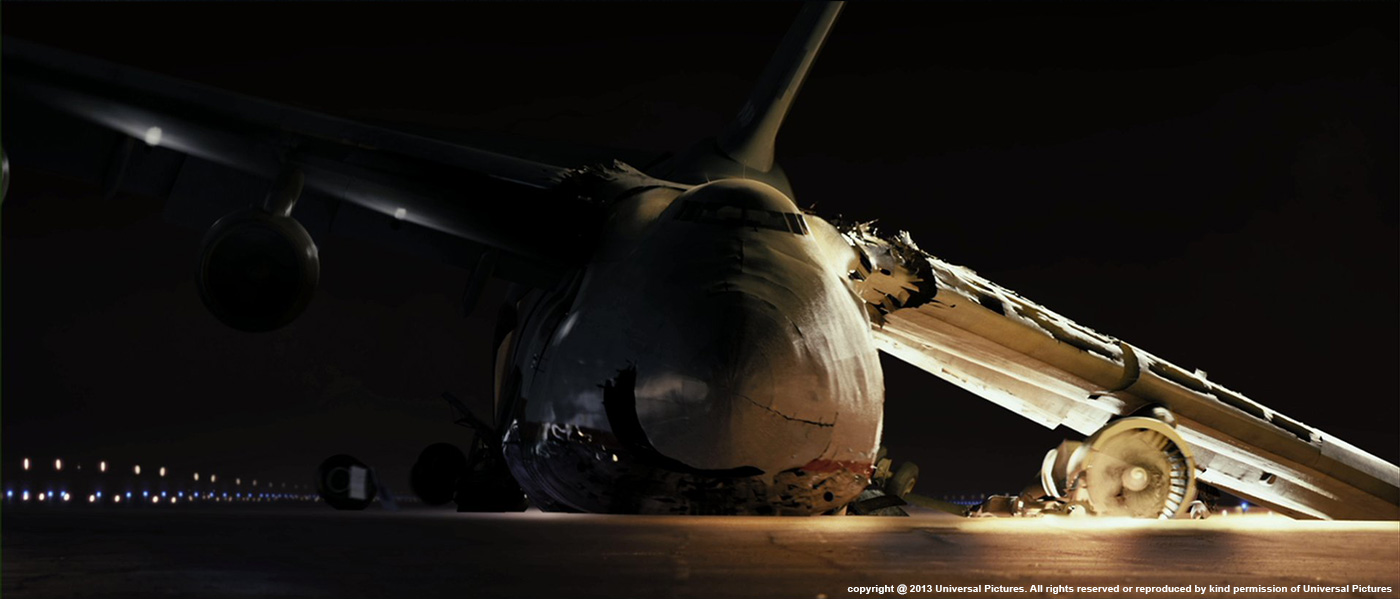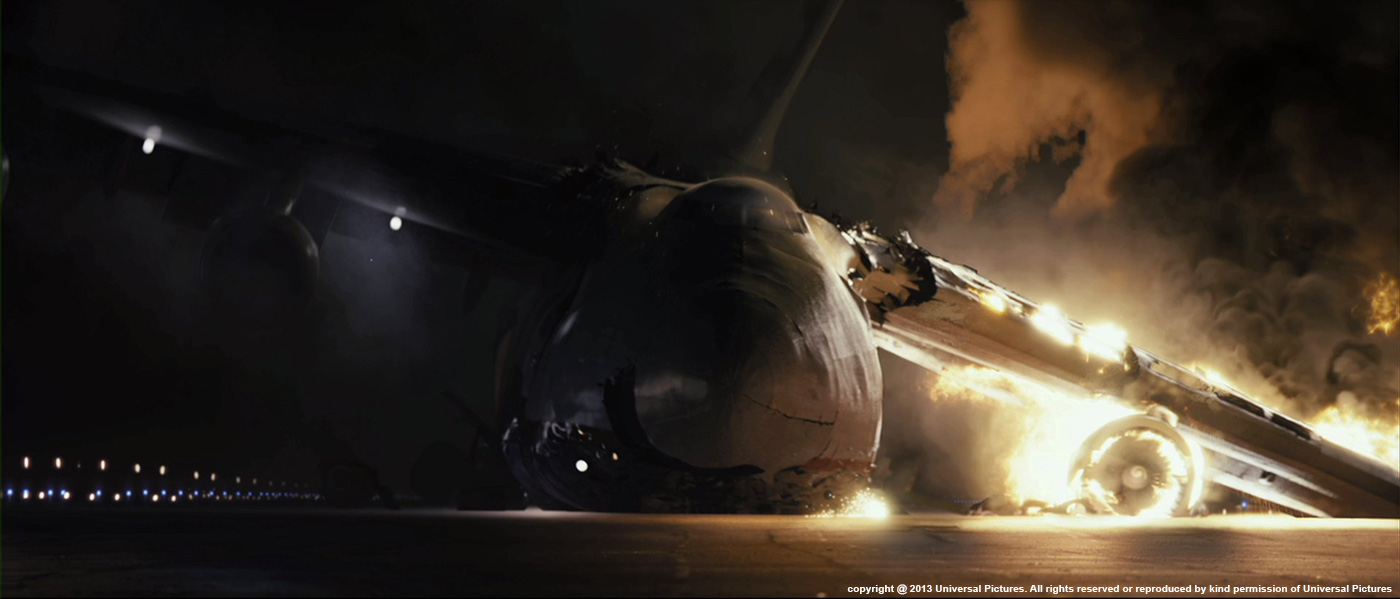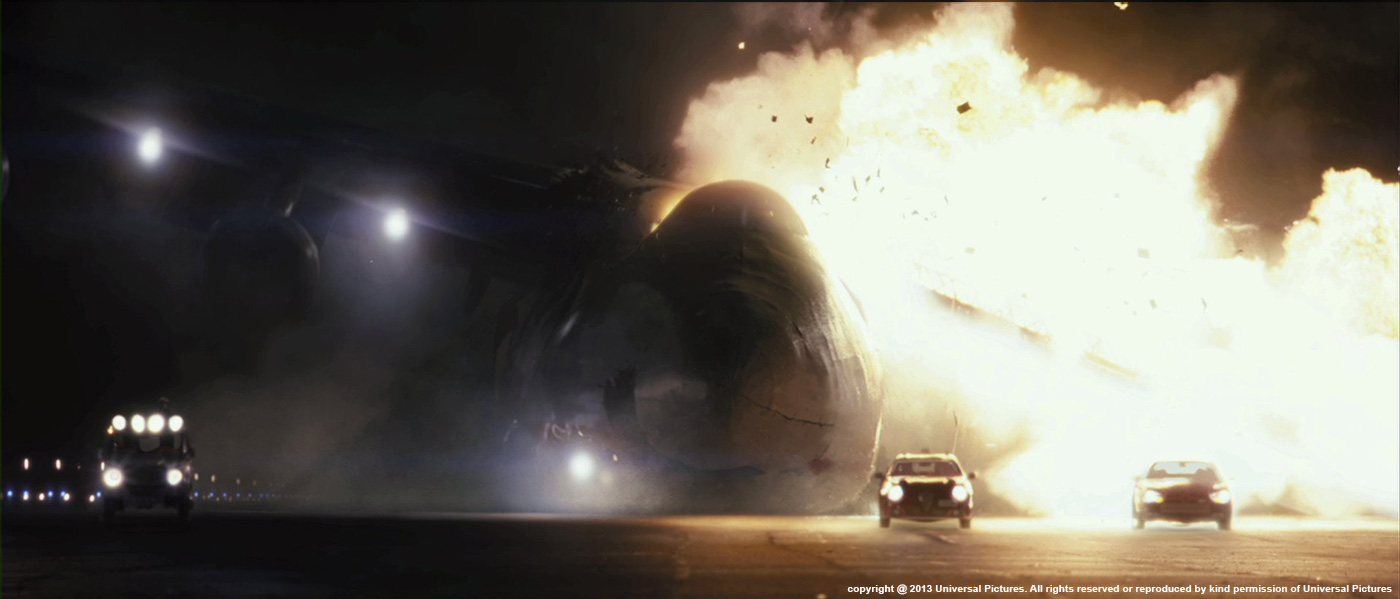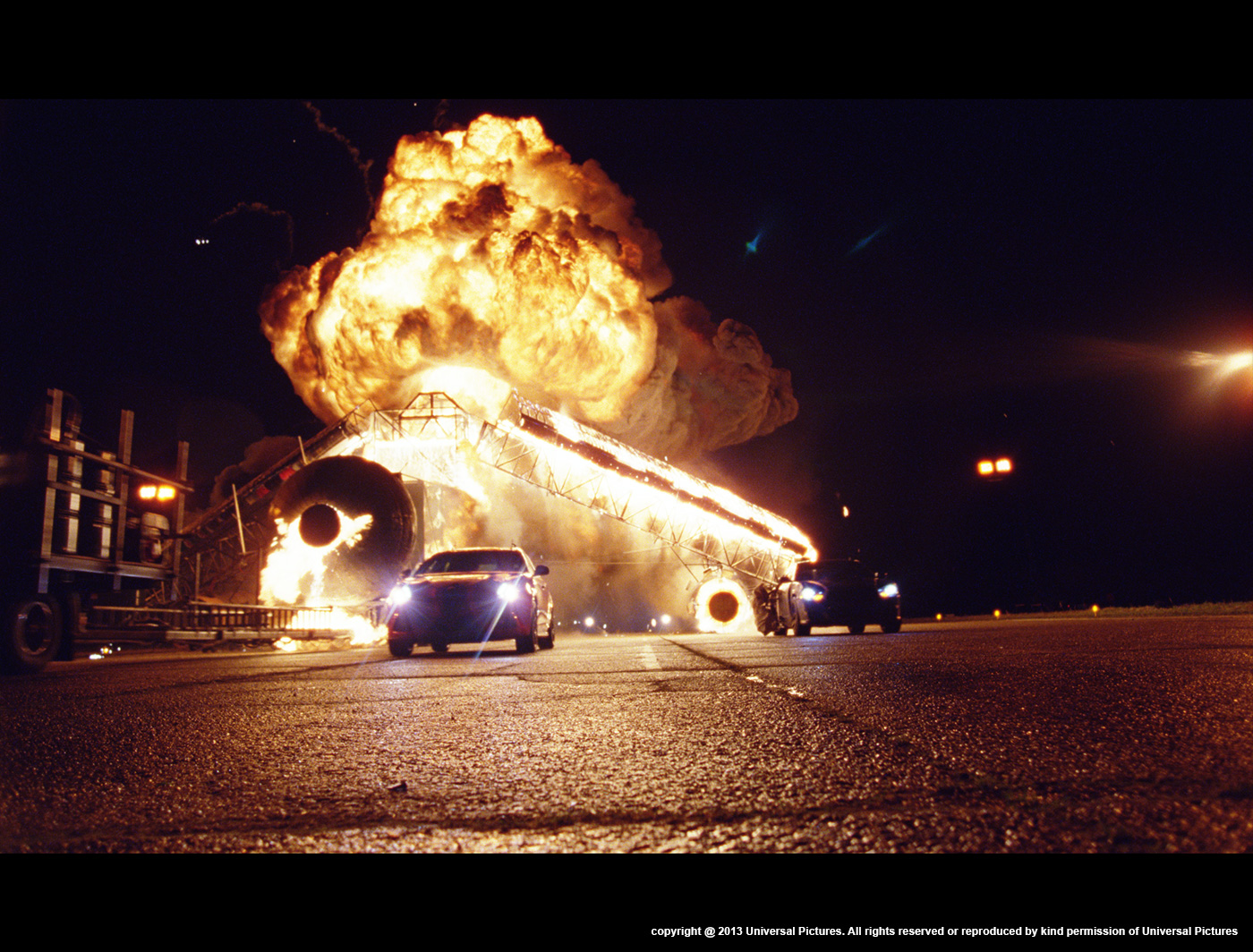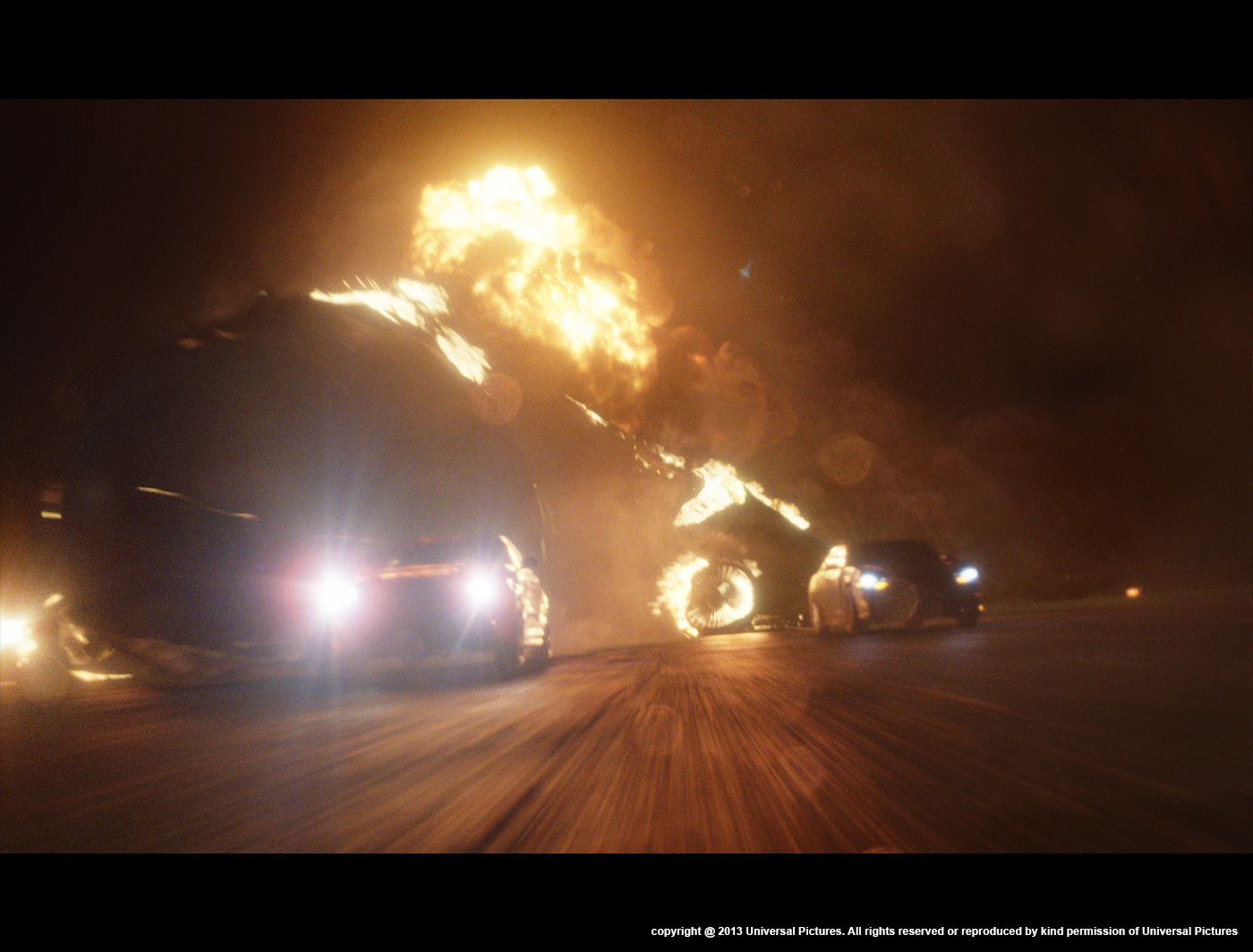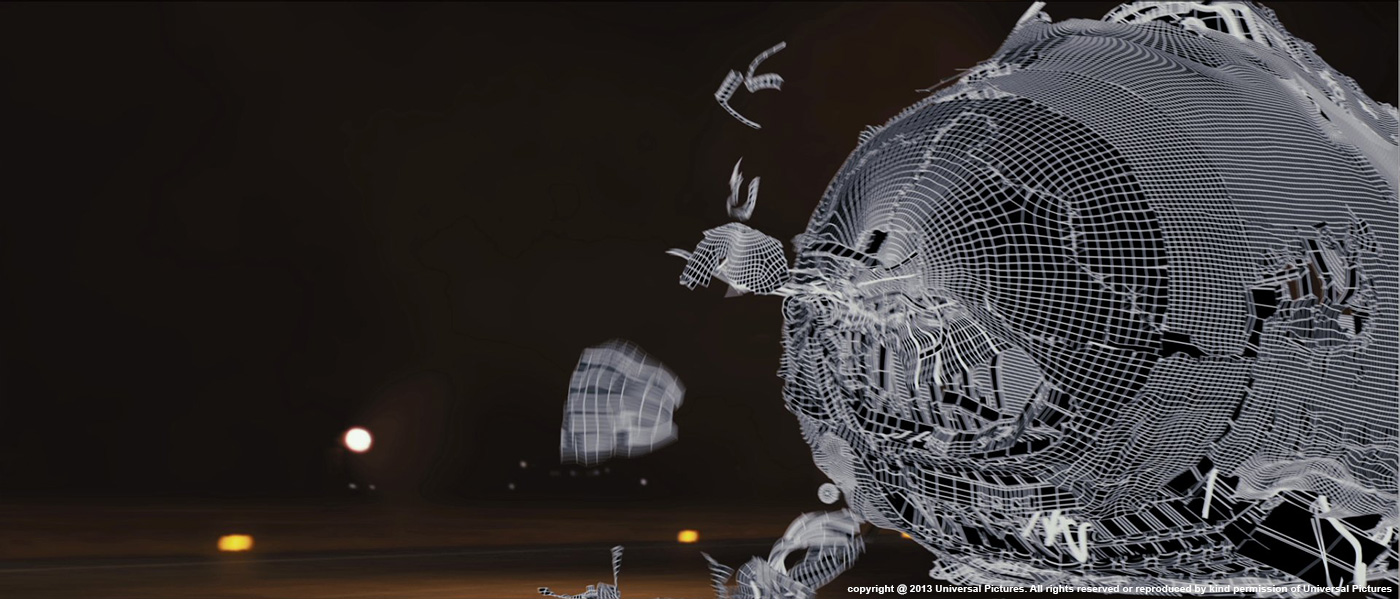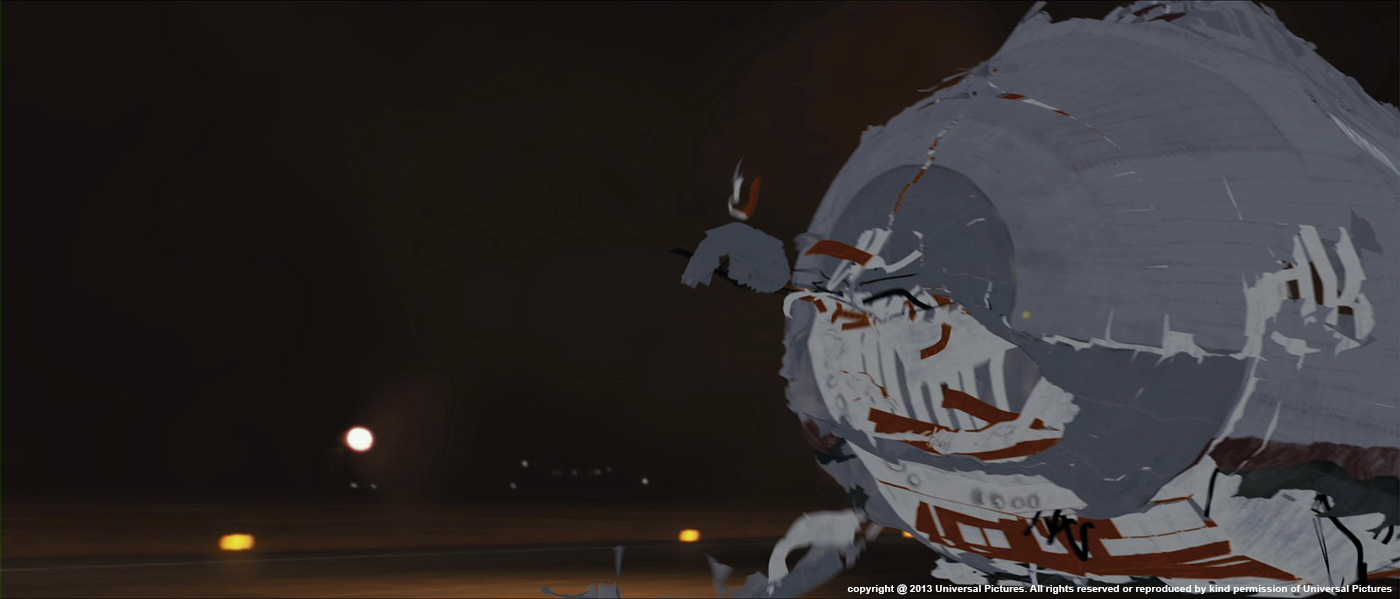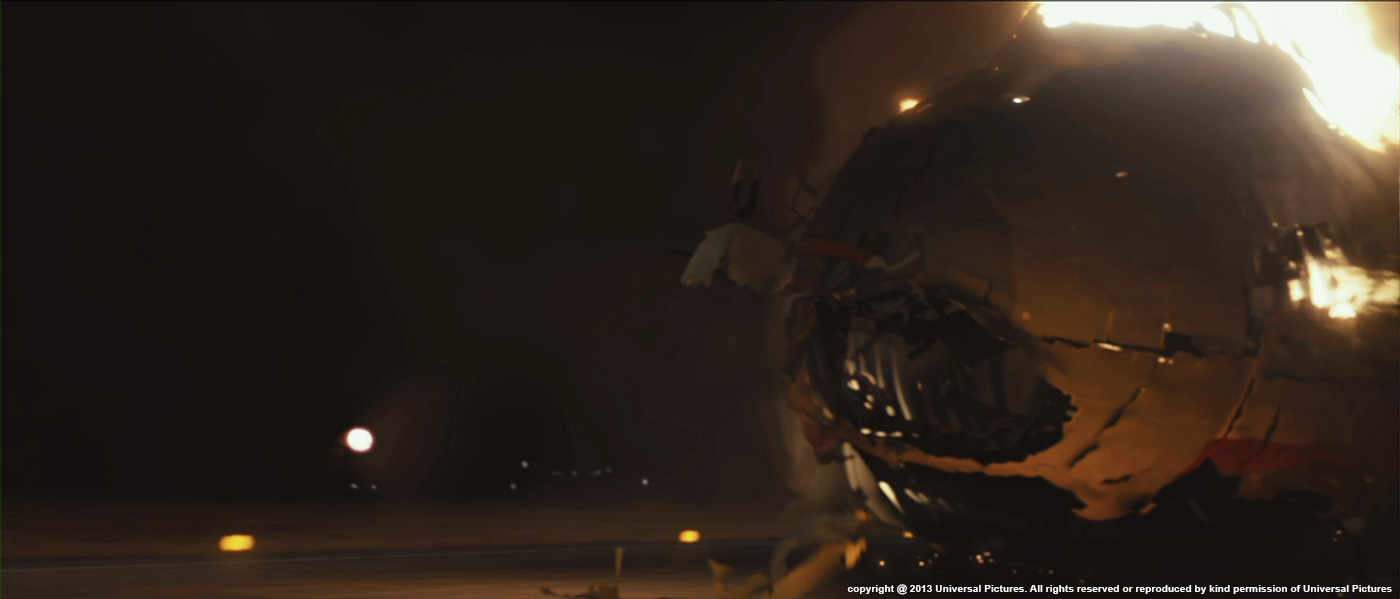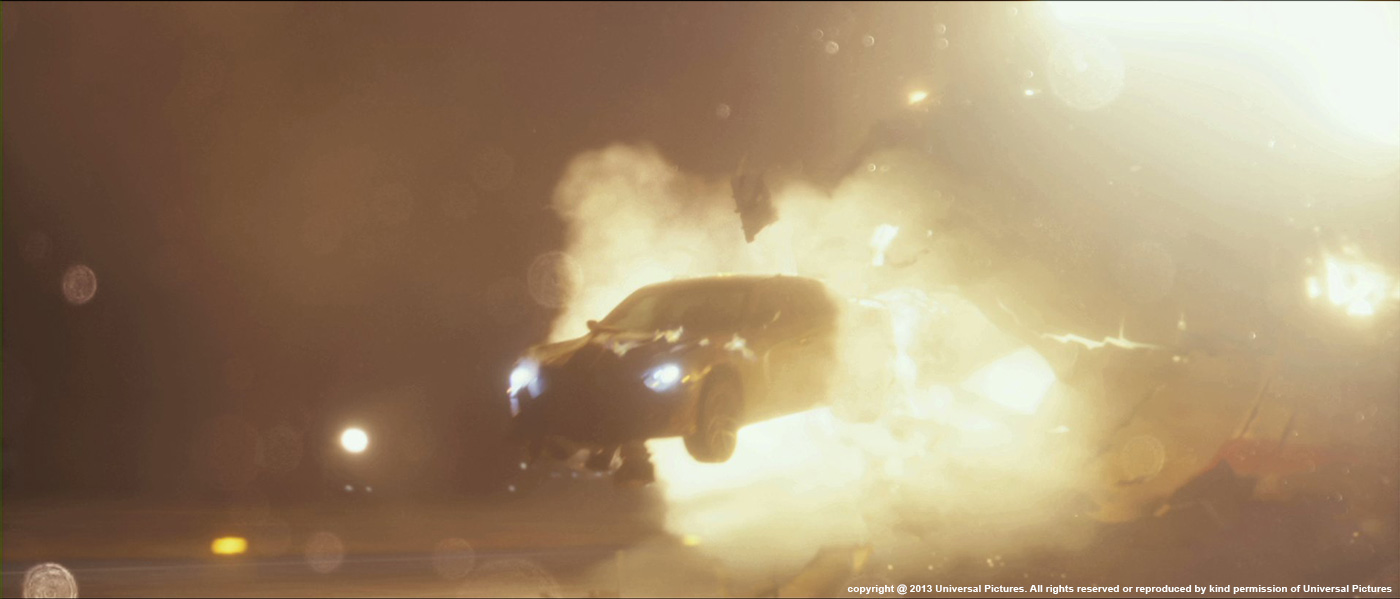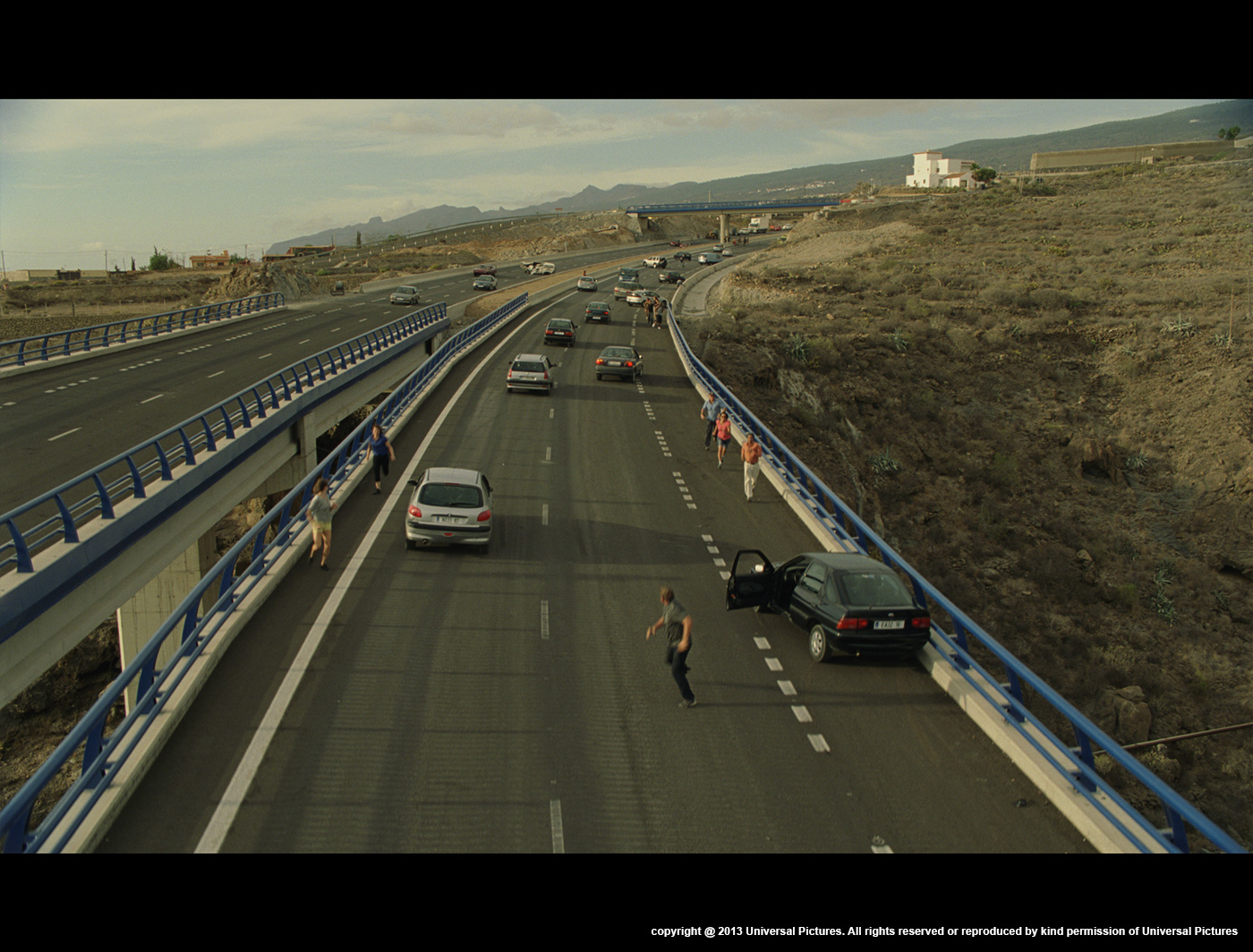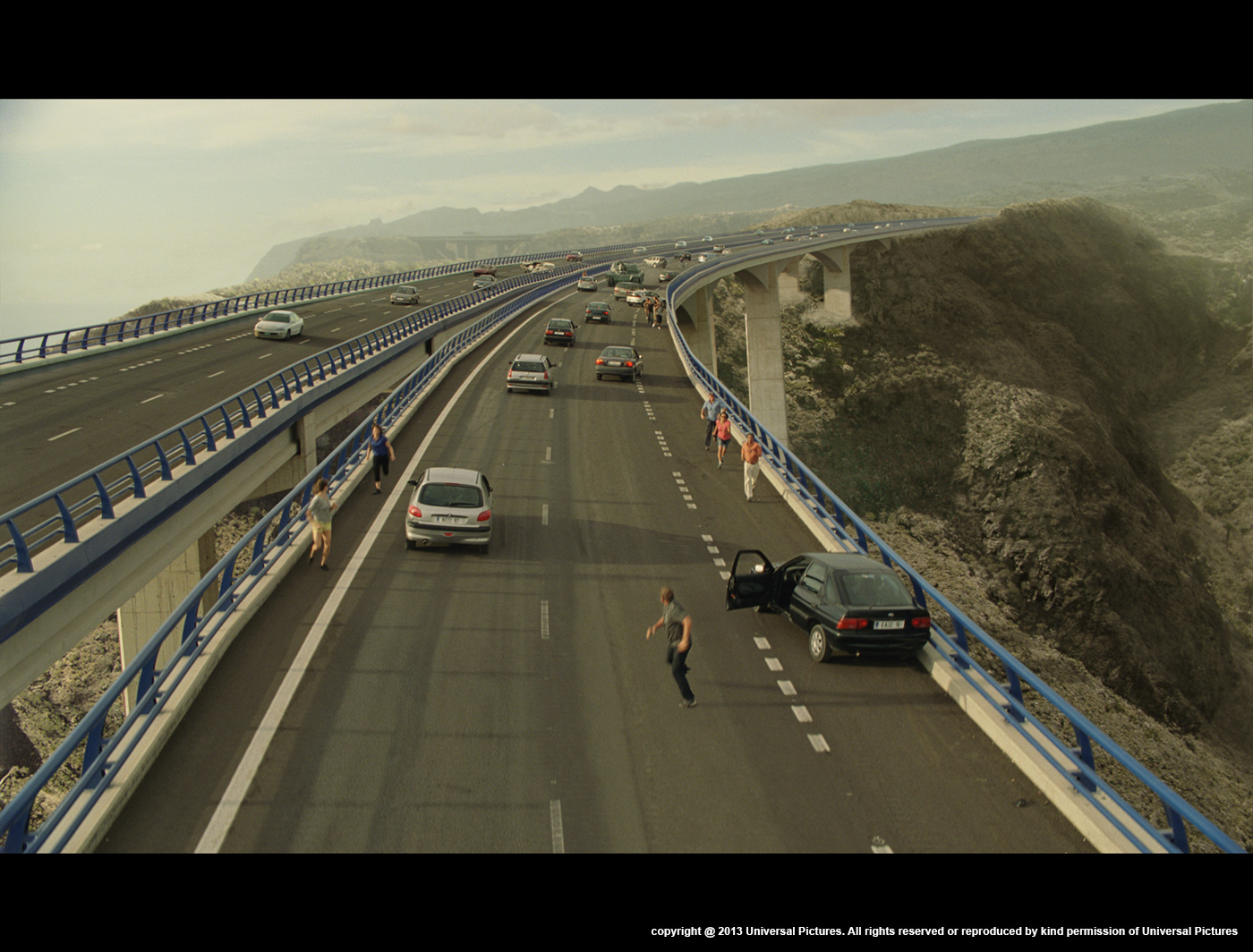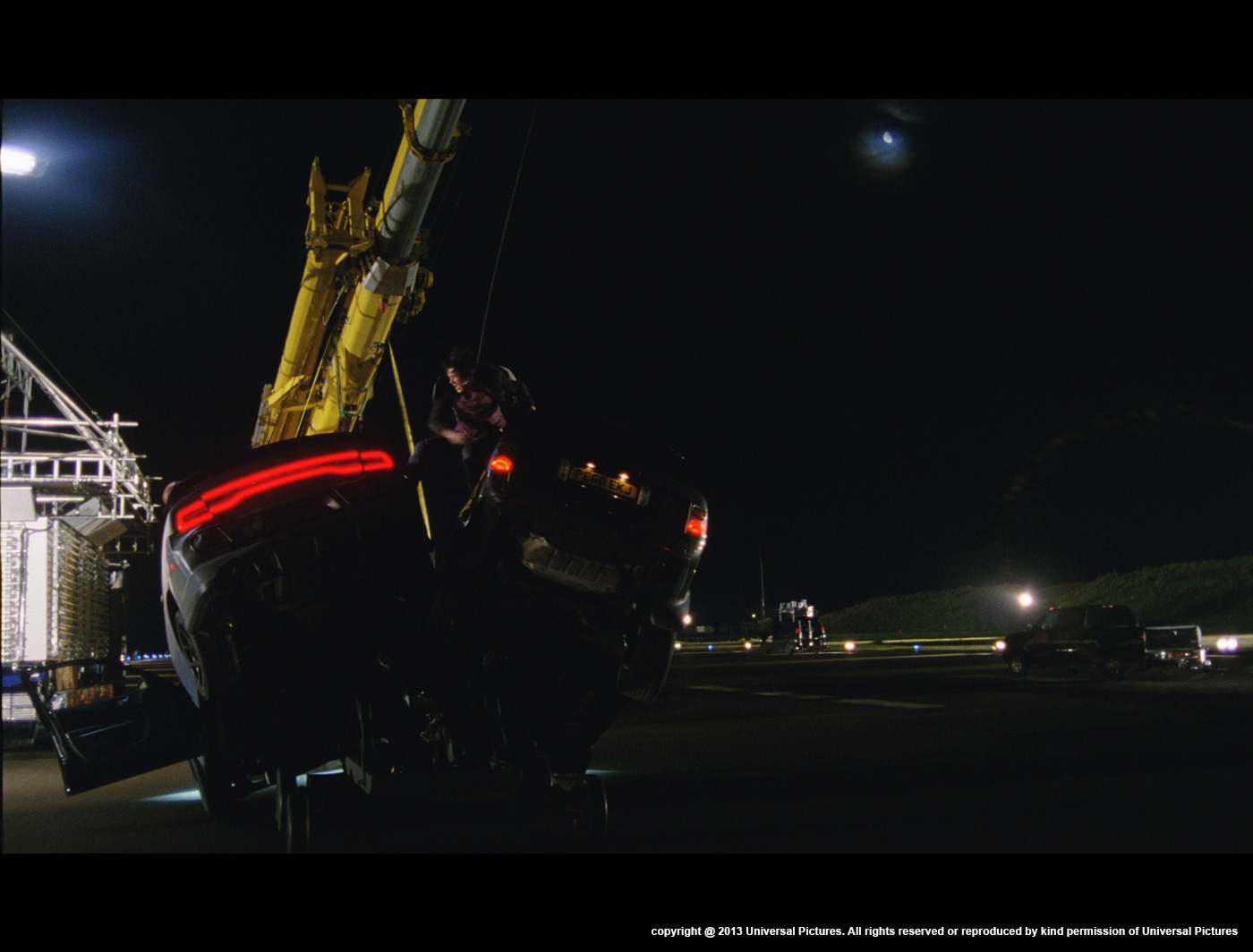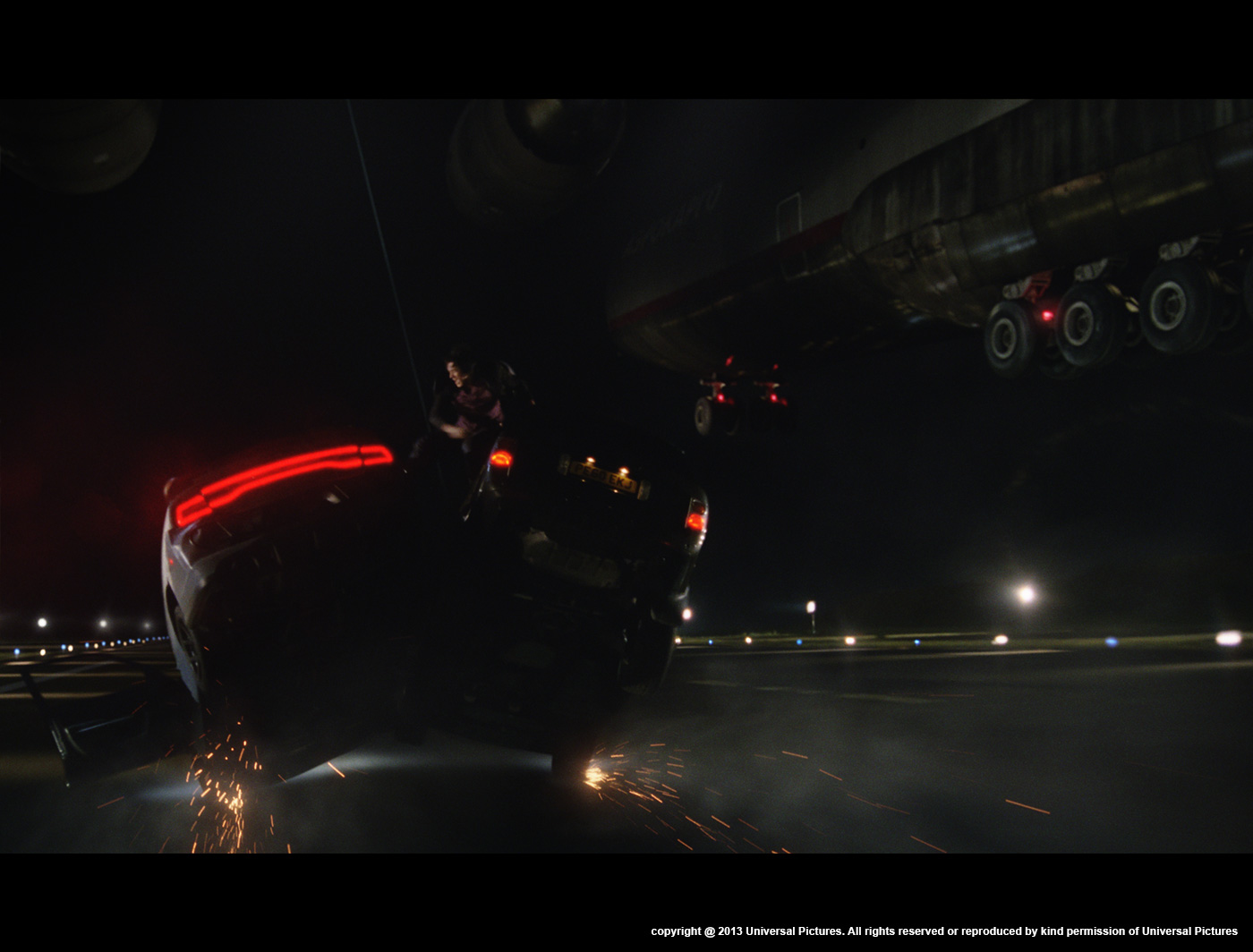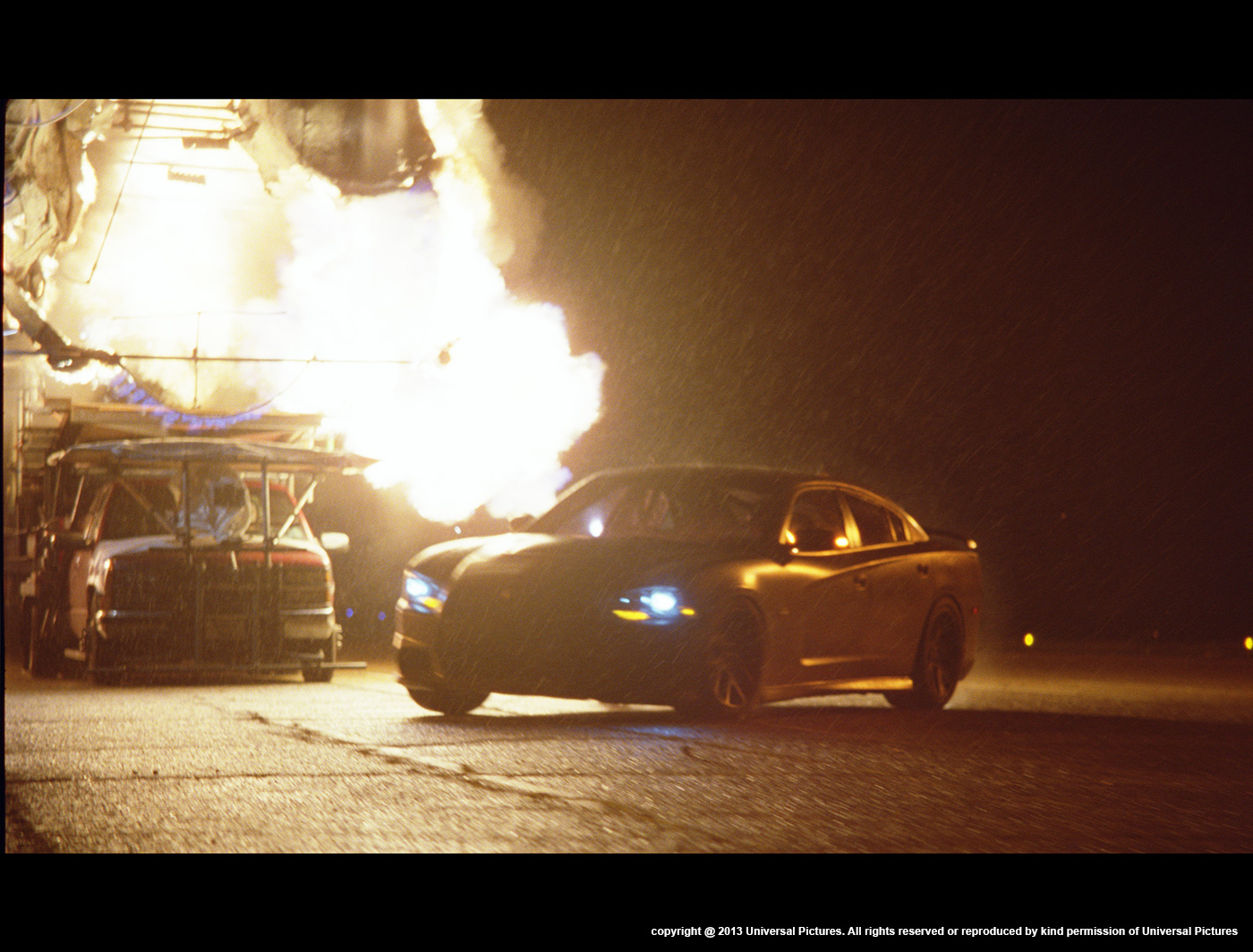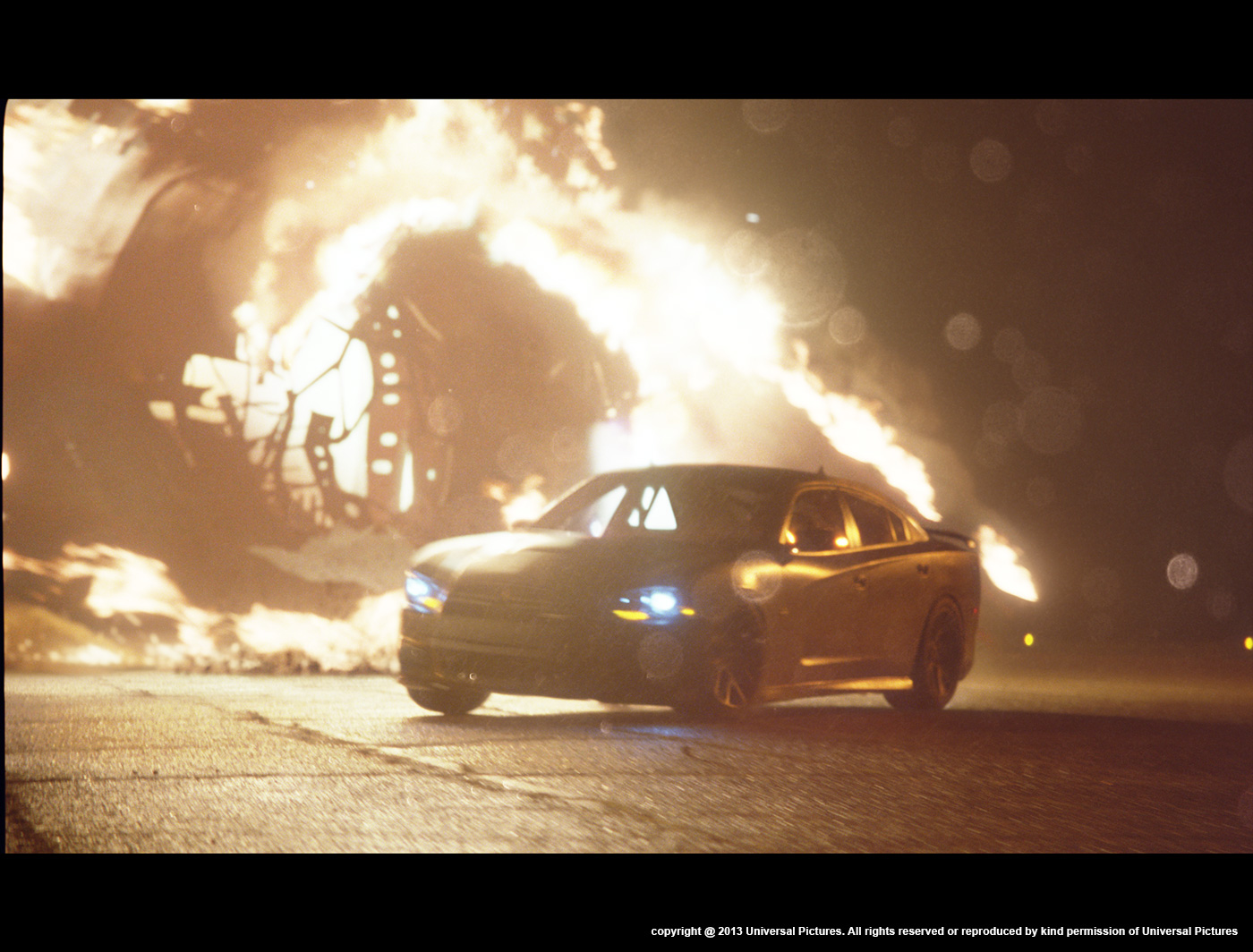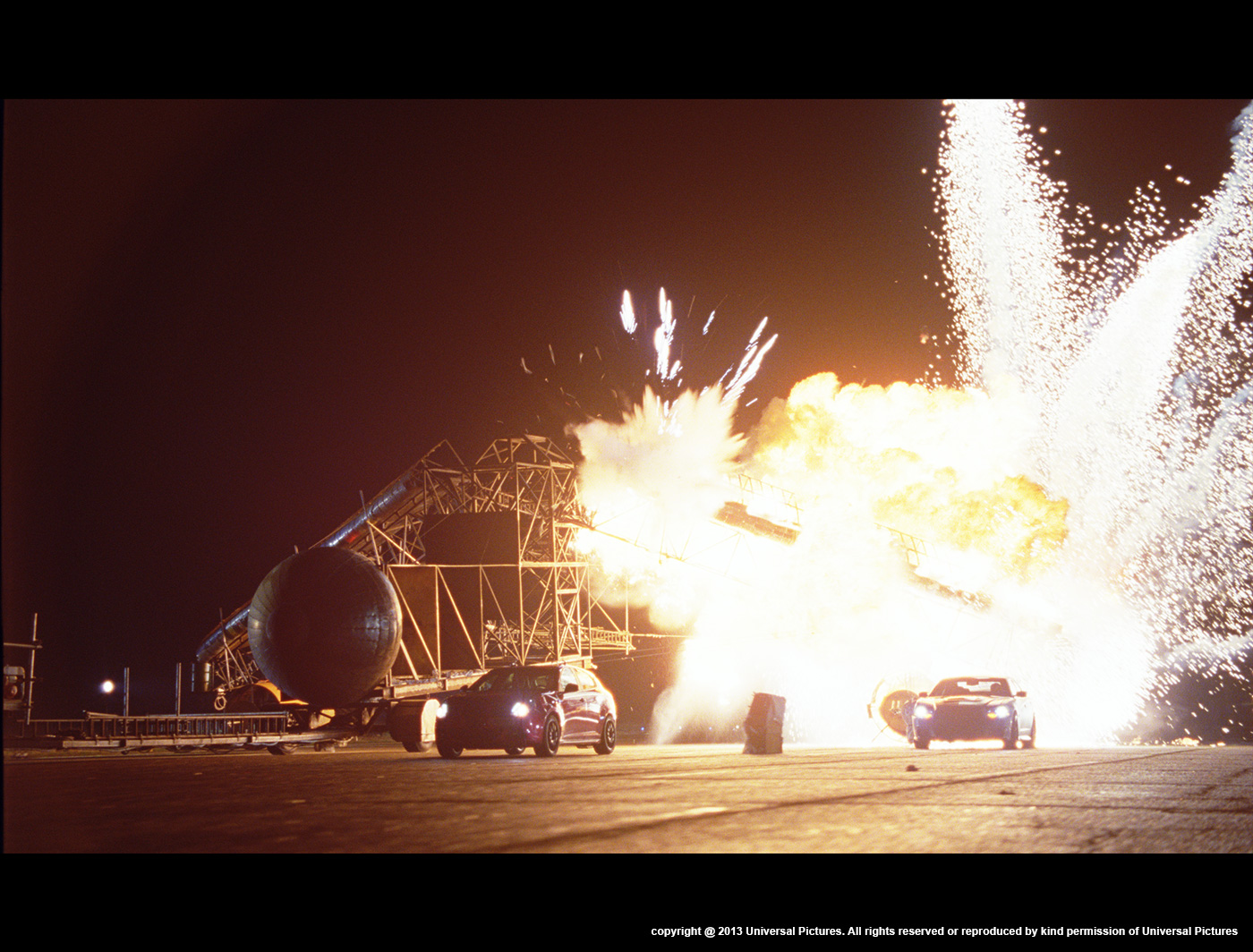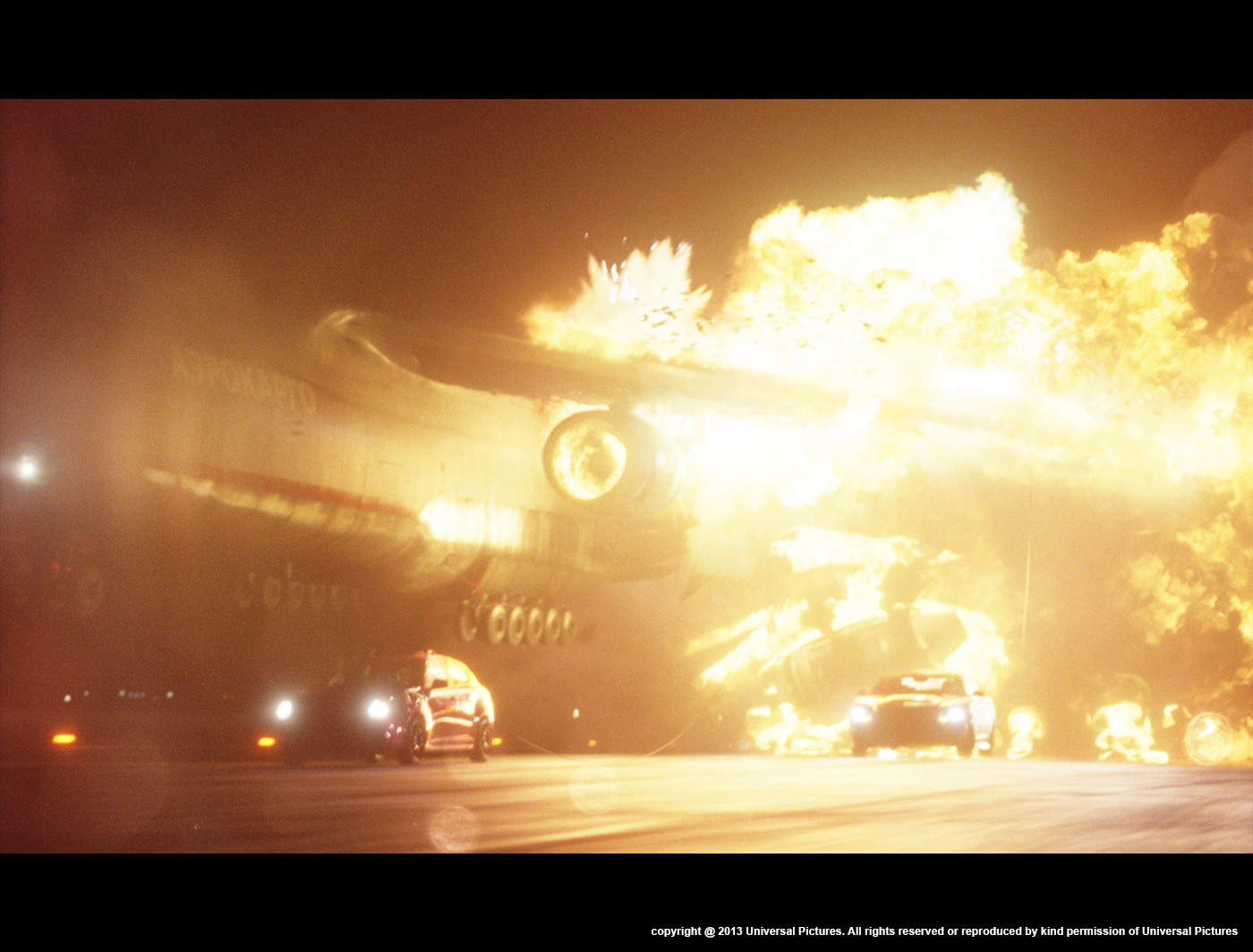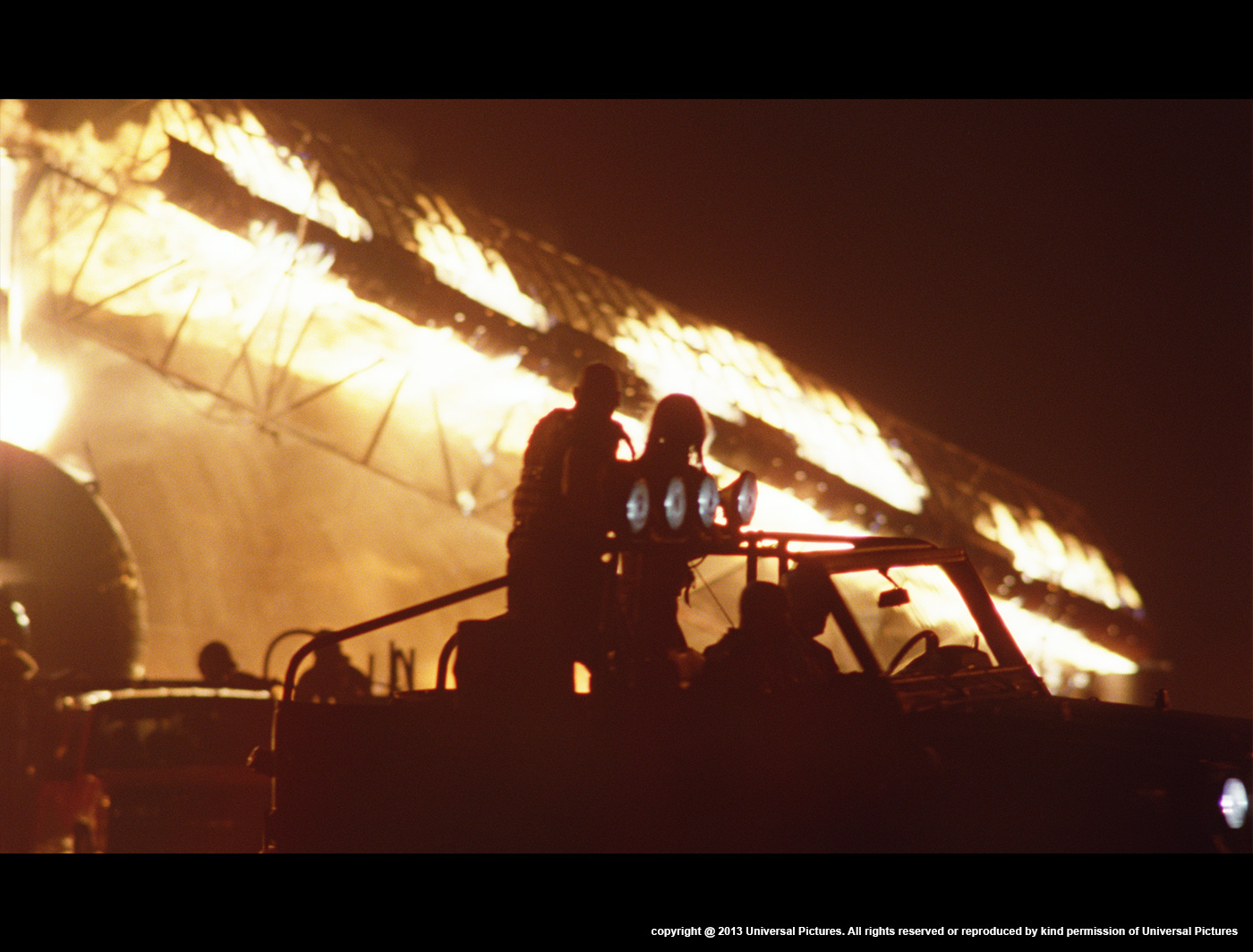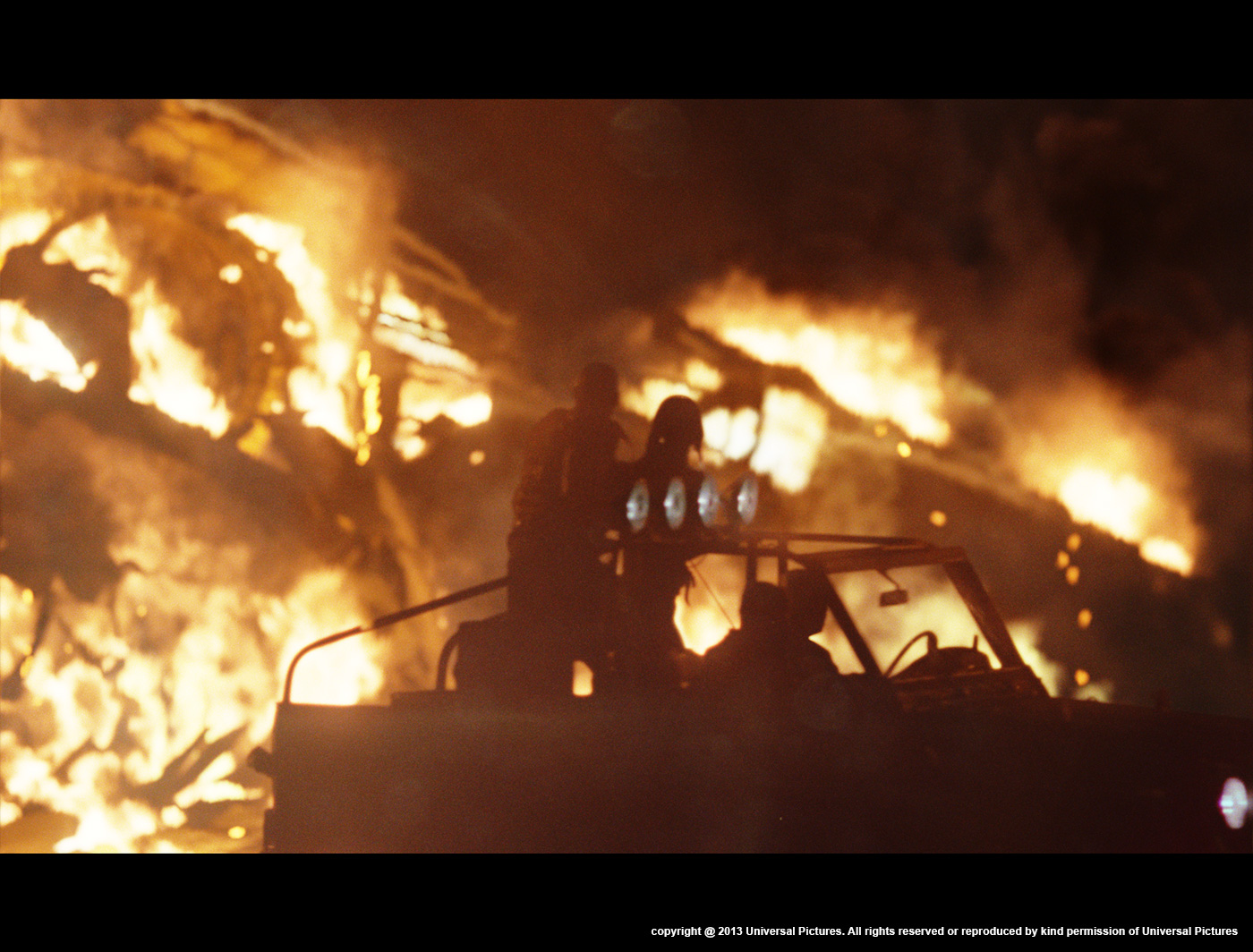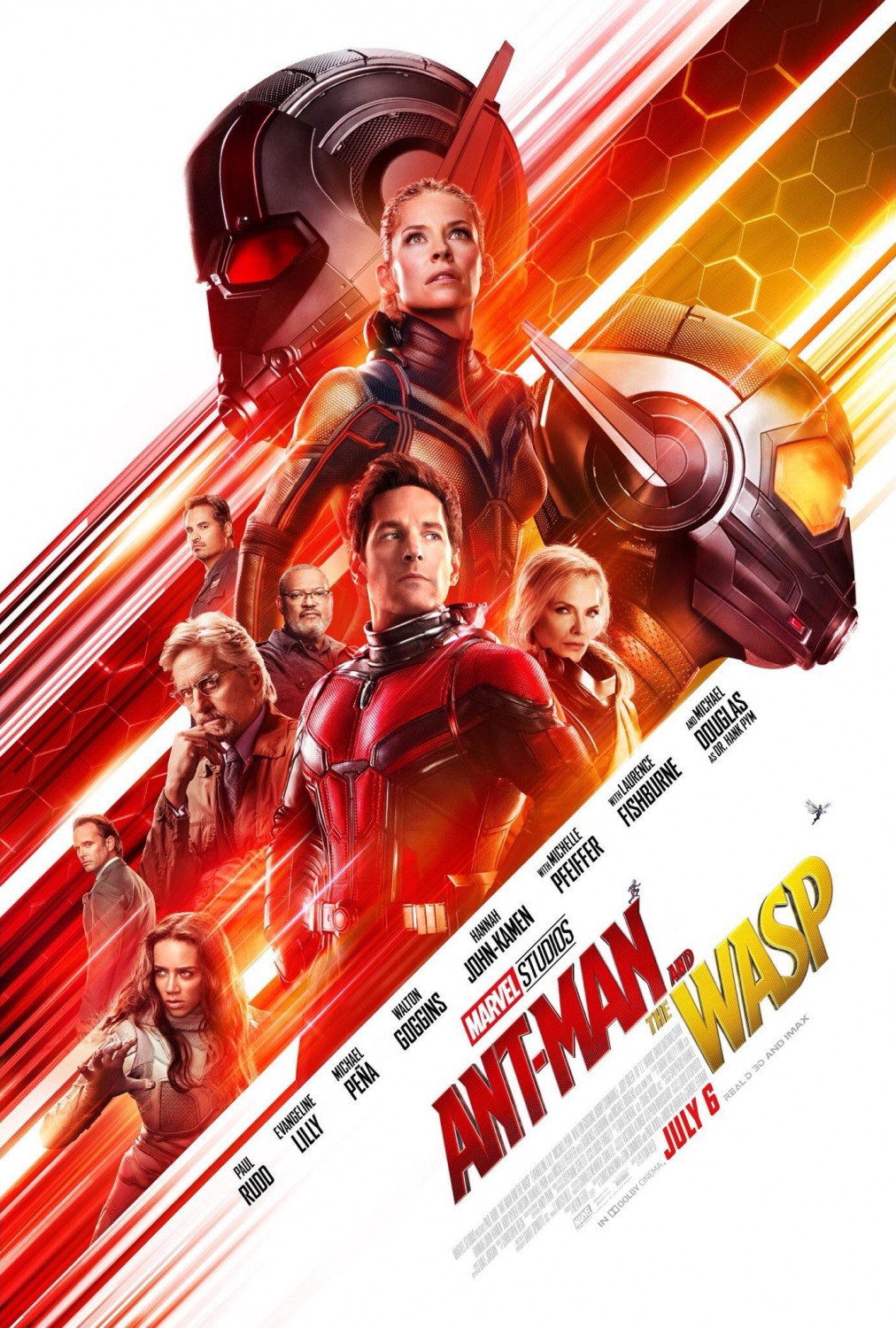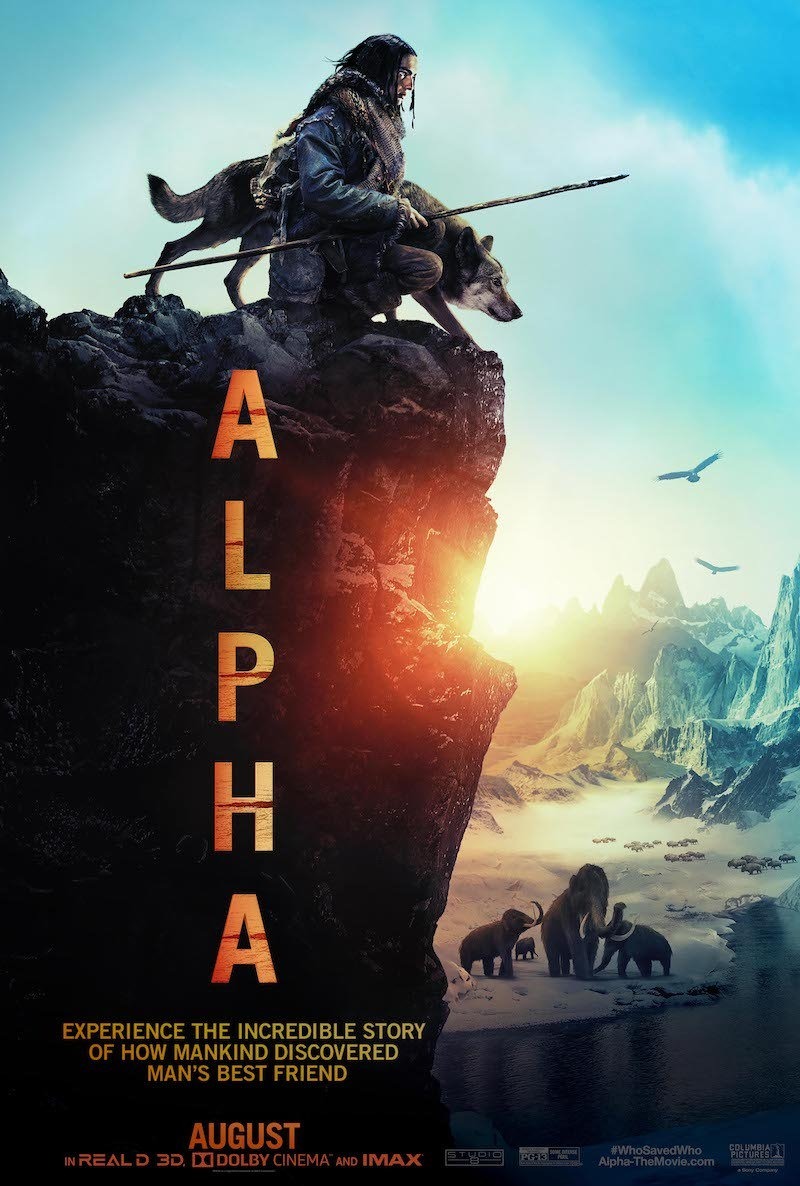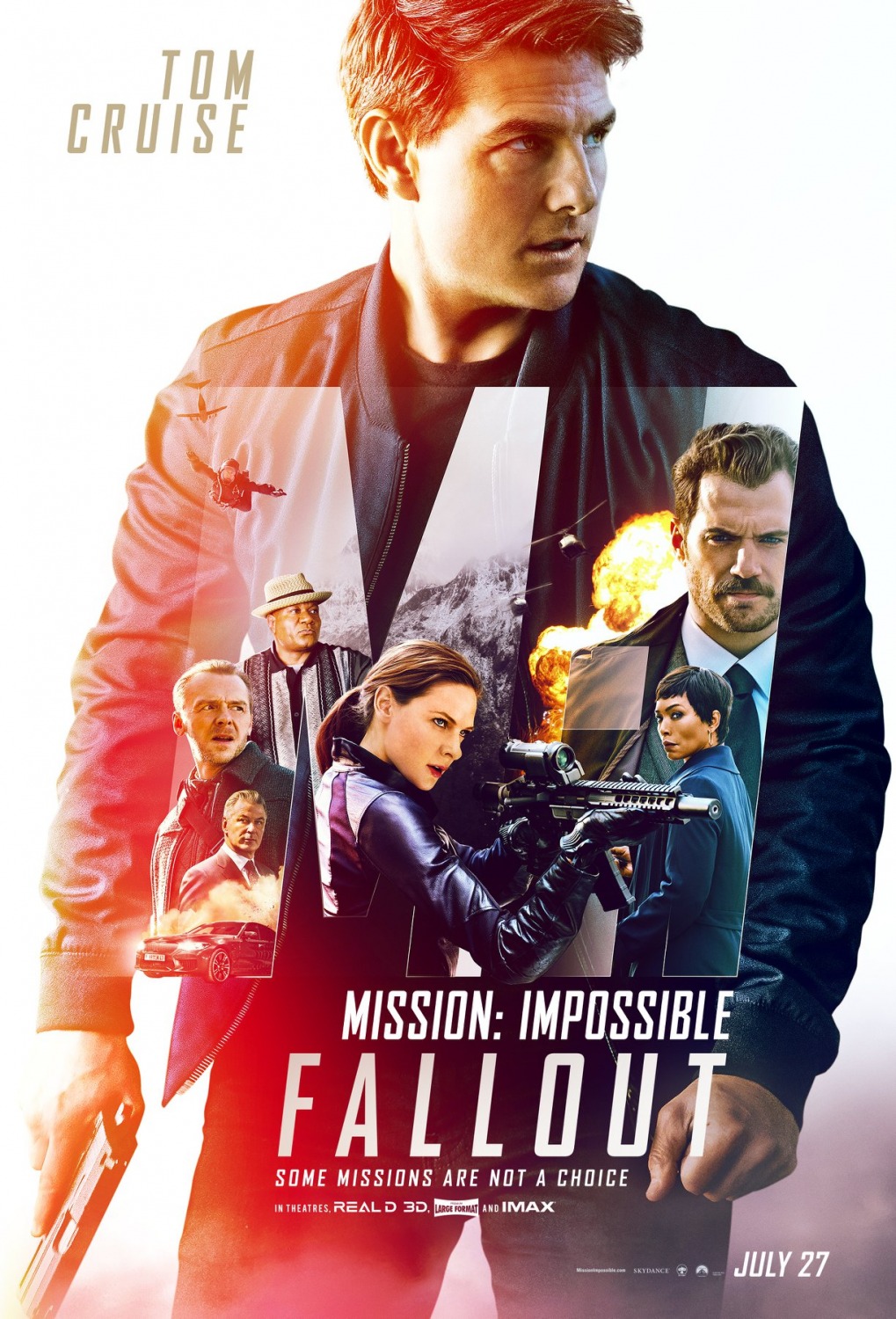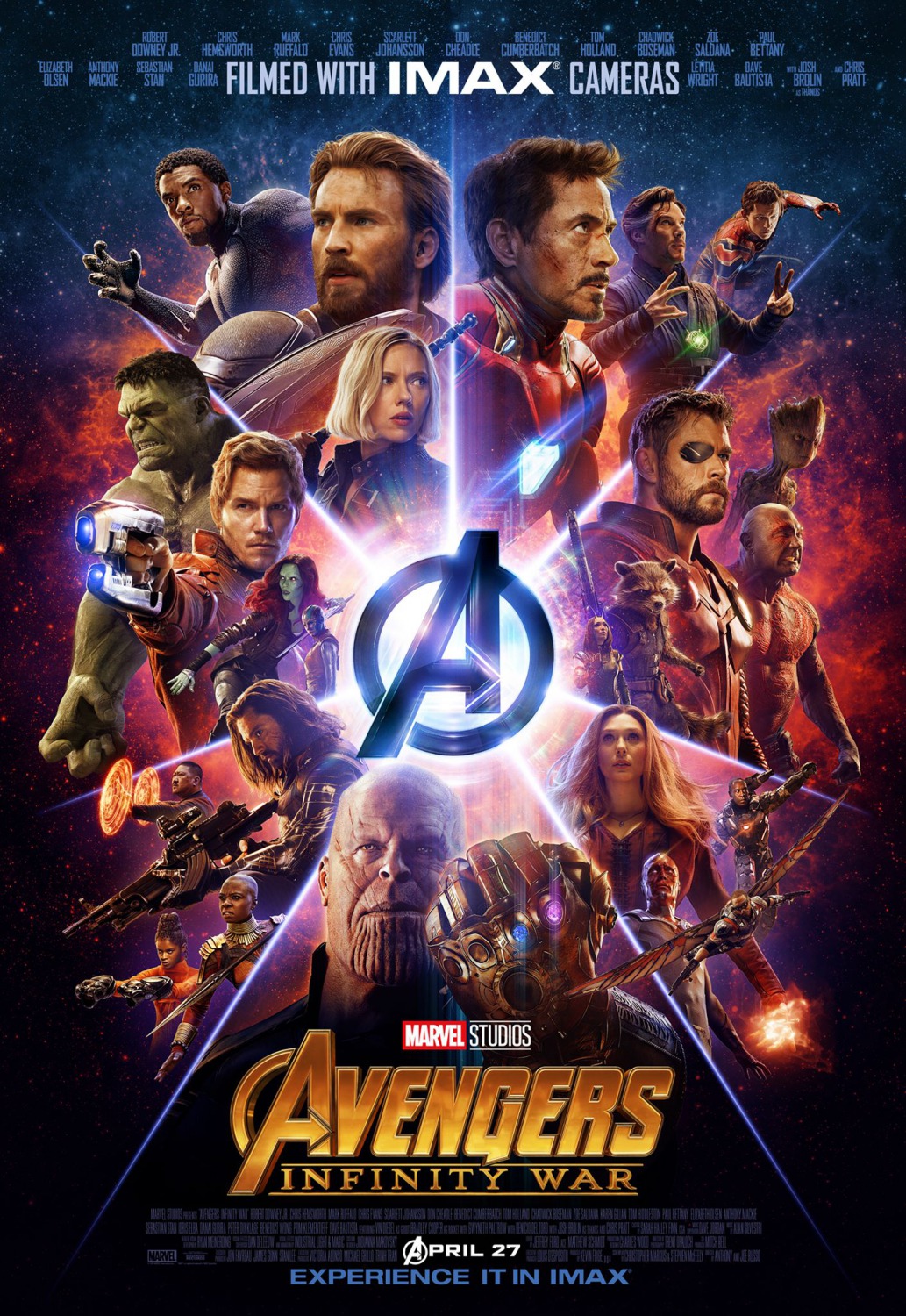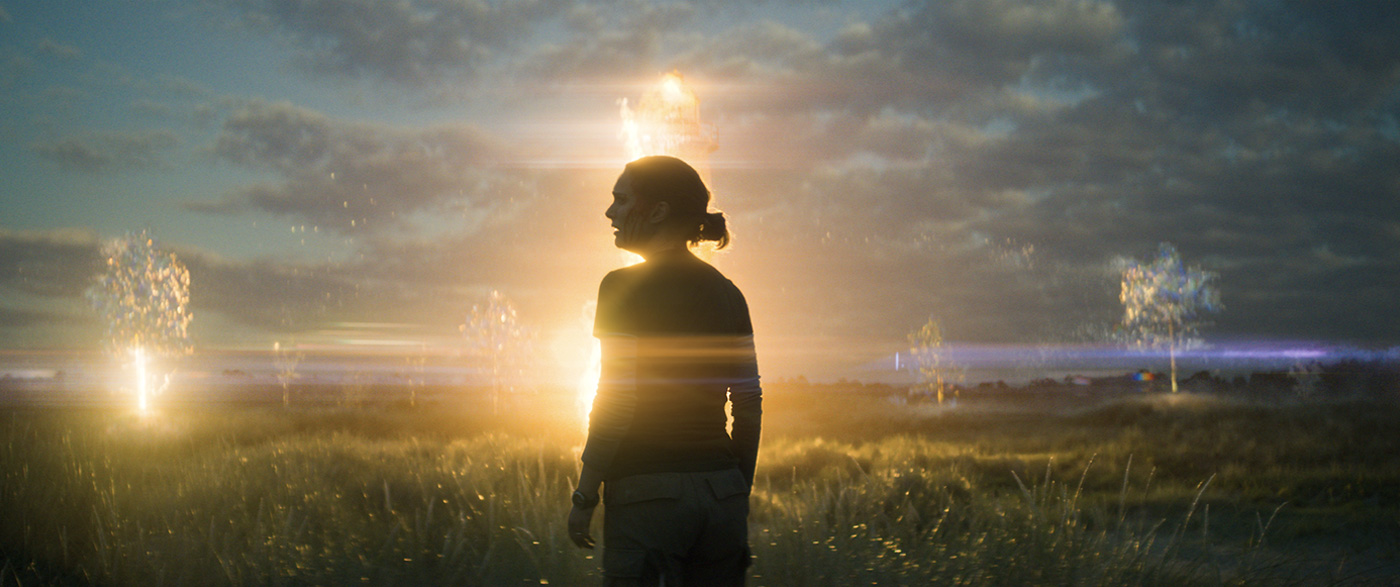Last year, David Vickery explained the work of Double Negative on THE PIRATES! BAND OF MISFITS. This time he talks about crazy car chases, giant airplane and CG cars for FAST & FURIOUS 6.
How did Double Negative get involved on this show?
Universal were looking for a strong facility to handle all of the visual effects work on the show and Dneg are very lucky to have a fantastic working relationship with them.
Alex Hope (Double Negative’s MD) rang me in December 2011, whilst I was on my Christmas holiday, and asked me to work on the project. I flew back to the UK and 5 days later Alex and I were on a plane to LA to meet with Justin Lin (the director). We got involved so early in the creative process that there wasn’t even a script to read. Justin had already worked out the beats of lots of the action sequences so we watched previs together and he told us his ideas for the film.
How was the collaboration with director Justin Lin?
Justin is an incredibly creative and collaborative director. Even by the time we had our first meeting in January 2012 he had a team of previs artists blocking out action sequences. There were already a thousand questions for me as to how he would best go about filming the big VFX set pieces. Justin enjoys film making so much that he wants to contribute at every stage of the process and he expects and encourages the people he works with to contribute in the same way. He would frequently ask me my opinion on subjects that had nothing to do with VFX.
What was his approach with the VFX?
Justin completely understands the need for visual effects, but doesn’t like using them unless he absolutely has to. In his opinion visual effects are a toolset that enable him to make his film, but they could never completely replace the practical stunt work you see in this type of action movie. For Fast 6 we would go to incredible lengths to capture real stunts on camera, often shooting with 12 or more cameras simultaneously to record the action from every conceivable angle. Of course, this generated a huge amount of cleanup in post, but it was a necessary evil.
You were Overall VFX Supervisor on this show with Kelvin McIlwain. How did you split the work with him?
Double Negative loaned me out to Universal as the show’s overall supervisor and the idea was always to split the role with Kelvin. It was a really fun collaboration from start to finish and we both brought a lot to the table. Kelvin has actually worked on the visual effects for all of the FAST AND FURIOUS movies and knows Justin very well. I came with all the experience and expertise of Double Negative behind me.
2nd Unit was shooting most of the visual effects heavy work so it made sense for me to run that unit, knowing that Dneg would be picking up the work in post anyway. Kelvin already had a great working relationship with Justin so he stayed on main unit. In post, I supervised all the work done by Double Negative London and Singapore. Kelvin looked after the other Vendors. There was so much work and such a compressed post schedule that MPC Vancouver, Image Engine, Lola, Proof, Pixomondo, and Factory VFX (to name but a few) all picked up a significant number of shots.
What were the sequences done by Dneg?
Bar a few shots, we completed all the work on the Tank heist in the Canaries and the Antonov take down. We also worked on a number of other miscellaneous sequences – Harpoons impacting walls at Kings Cross. The Letty and Riley fight. Blue screen comps of London skylines at Dom’s hideout as well as the Letty flashback.
Can you explain to us one of your typical day on set and then in post?
I travelled with second unit for the entire shoot of 18 weeks. We went to London, Glasgow, Liverpool, Moscow and Tenerife. Each night (most of the shoot was at night!) I would meet with the second unit Director, 1st AD, DOP and Stunt co-ordinator and we would go over the schedule and review any new Previs.
We had to execute incredibly dangerous and complex stunts on public property, which required a huge amount of intricate choreography. We often spent hours setting up cameras and rehearsing. I would carefully watch camera positions and advise on when we could help by removing rigging and camera vehicles in post (and when we couldn’t). I also had to run the visual effects plate unit. We had 6 film cameras that could be rigged at various heights on any vehicle. The purpose being to shoot panoramic background plates that we would later composite into our green screen car interiors. All the GS car work was scheduled for after the 2nd unit photography had finished so I had to try to shoot plates for every conceivable configuration of cars in every sequence. It was quite a logistical challenge!
In post we were working with crews all around the world on three different continents. We would have a Cinesync with our Singapore office each morning at 9.30am, internal creative reviews throughout the rest of the day. Then each evening we would Skype and Cinesync with Justin and the editors in LA.
Can you tell us more about how you collect to data for your artists and the other studios?
It would have been impossible to single handedly supervise 2nd Unit and collect all the data we needed for postproduction. There’s just too much to do. We had 3 data wranglers on second unit logging all the camera information, putting out tracking markers and leds, running witness cameras and shooting reference photography. I also brought a team of artists out from Double Negative. They were responsible for the specific data collection we needed for each sequence. We used Lidar to survey every location we filmed at. We shot thousands upon thousands of photographs. We also had to send teams of artists out to scan all the picture vehicles. Every time a car got damaged we had to scan and document it incase we needed it later. If another facility was involved in the work then we would always invite them to send their own crew out to collect data.
As Overall VFX Supervisor, how did you approach the car chase in London?
We called that sequence ‘Team vs Team’ or TVT for short. Alex Vegh (previs and postvis supervisor for Proof) put together a really great sequence before we ever got anywhere near the actual locations. The real trick was making sure that even though it was filmed in 6 locations across 3 different cities, that we still believed the car chase was all taking place in London. We shot at Wembley stadium, Canary wharf, Glasgow, and Liverpool. We closed down entire streets for days at a time to film on them and the streets were only 900ft long! In post, MPC replaced huge sections of these streets with digital counterparts so you wouldn’t realize that we were re-using the same stretch of road over and over. They extended the ends of the streets with London location photography to make the roads appear longer.
How did you create the cars in CG?
Every car that was used in production was Lidar scanned and photographed before we started filming. We had to make digital versions of the cars in multiple states of damage as they were constantly being smashed up. We knew we’d need lots of specific reference of this. We made a digital versions of the Mustang, Daytona, Charger, Ford Escort, BMW M5, Jensen Interceptor, Shaw’s Flip car, A Tank (3 different versions!), The tank carrier, 3 different types of Land Rover, a G-Wagon (another 4X4 vehicle), and a Range Rover. We even made an assortment of 15 generic British cars and crushed vehicles as background fillers. The film plates gave us fantastic lighting reference for how these cars should look but even so, we were working with real car enthusiasts. We couldn’t get away with anything that wasn’t completely convincing.
Can you tell us more about the creation of the huge environment?
We had a great couple of days in a helicopter photographing huge canyons in Tenerife and Gran Canaria. We mapped out specific flight paths for the helicopter using GPS and were able to generate really high-resolution panoramas and photography based Lidar. Once we got all this data back to Dneg we had to rebuild it in 3D and paint out all the lighting cues so that we could relight the environments to match the scans. We also scanned a 5km long section of motorway in Tenerife! It was a huge undertaking. The scan alone took one person 2 weeks to complete.
This movie featured two crazy sequences. What was your feeling when you’ve read it on the script?
When I first read the script it didn’t seem like two crazy sequences. It was more like 5! It’s can be pretty hard to script action sequences. Especially in the detail the Fast and Furious shoot crew require, which is why Justin uses a lot of Previs to plan his shoot. For a long time the action sequences were described in the script as a series of beats. ‘Brian drives out the back of the Antonov at 150mph’ or ‘The cable tightens, ripping through the cab and catapulting the tank into the road’ It doesn’t take a lot to write that stuff but it sure makes you think fast!
How many shots have you done?
Dneg completed around 850 shots, but the entire movie had over 1800 visual effects shots.
How did you manage so many shots?
We had lots of very dedicated facilities and talented artists! Dneg London and Singapore accounted for around over 500 artists and there must have been double that if you add the rest of the vendors
The work was split amongst many studios. Can you tell us how you split the sequences amongst the various studios?
Dneg took on the Tank Heist and Antonov takedown. Originally we were also going to work on the London car chase but when we realized that the overall shot count was creeping up and up MPC and Image Engine stepped in to help out. MPC picked up bulk of the shots in that sequence with Image Engine completing all the work on the Canary Wharf collapse and the Opening Heist in Moscow. As the cuts started coming together editorially, we realized there was a lot of face replacement work to remove the stunt doubles from the movie. Lola were the obvious choice to do that work.
Is there an invisible effects that you want to reveal to us?
If you ever get to watch the rushes from the Tank Heist you’ll see all the hotel complexes and houses we removed from that environment. Justin wanted that location to feel more remote, so we removed all signs of habitation or cultivation from the surroundings.
For the Antonov sequence we had to remove so many camera rigs and crew support vehicles. You’ll never know they were there, but without them we wouldn’t have been able to film the sequence.
Was there a shot or a sequence that prevented you from sleep?
There was some really difficult work for us in the Antonov sequence, particularly the destruction of the plane. We could have built scale miniatures, but even a 1/3 scale miniature would have had an 80ft wingspan – pretty unwieldy for a miniature. In pre-production I put a lot on the line and kept pushing hard to shoot full-scale practical elements. I knew that was what the director wanted, but there was a lot of resistance. Joss Williams (the SFX supervisor) really pulled out all the stops to get us what we needed and I think it’s paid off handsomely. Adding to the pressure was the fact that I knew that we’d have to complete half a dozen Antonov destruction shots for the Superbowl by early February. That’s a pretty big audience to play to. The crew at Dneg pulled off some truly amazing work and I’m really proud of everything they have achieved.
How long have you worked on this film?
My first meeting with Justin was back in January 2012.
What is your next project?
I’m currently working on the Wachowski’s next project. JUPITER ASCENDING.
A big thanks for your time.
// WANT TO KNOW MORE?
– Double Negative: Official website of Double Negative.
© Vincent Frei – The Art of VFX – 2013


